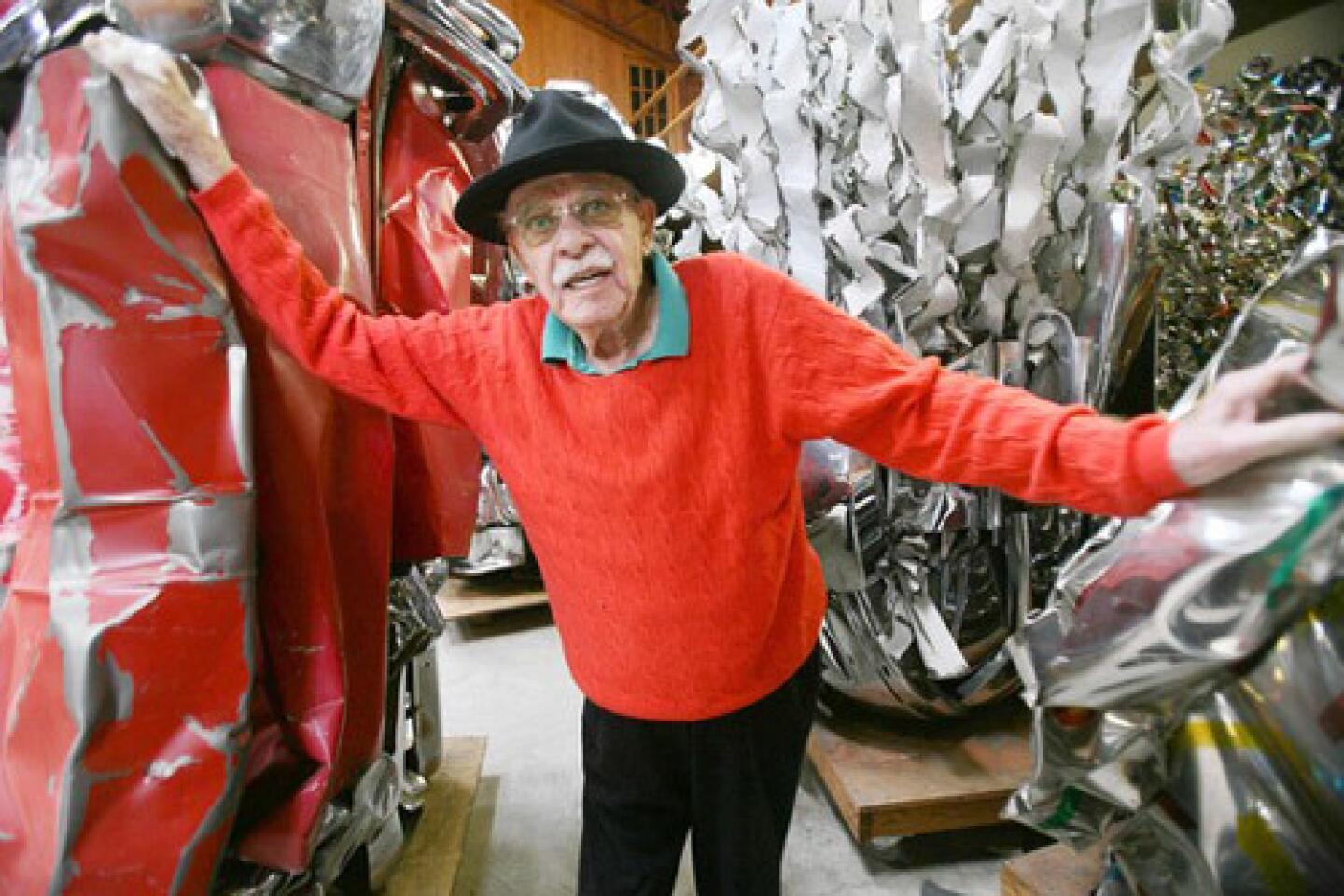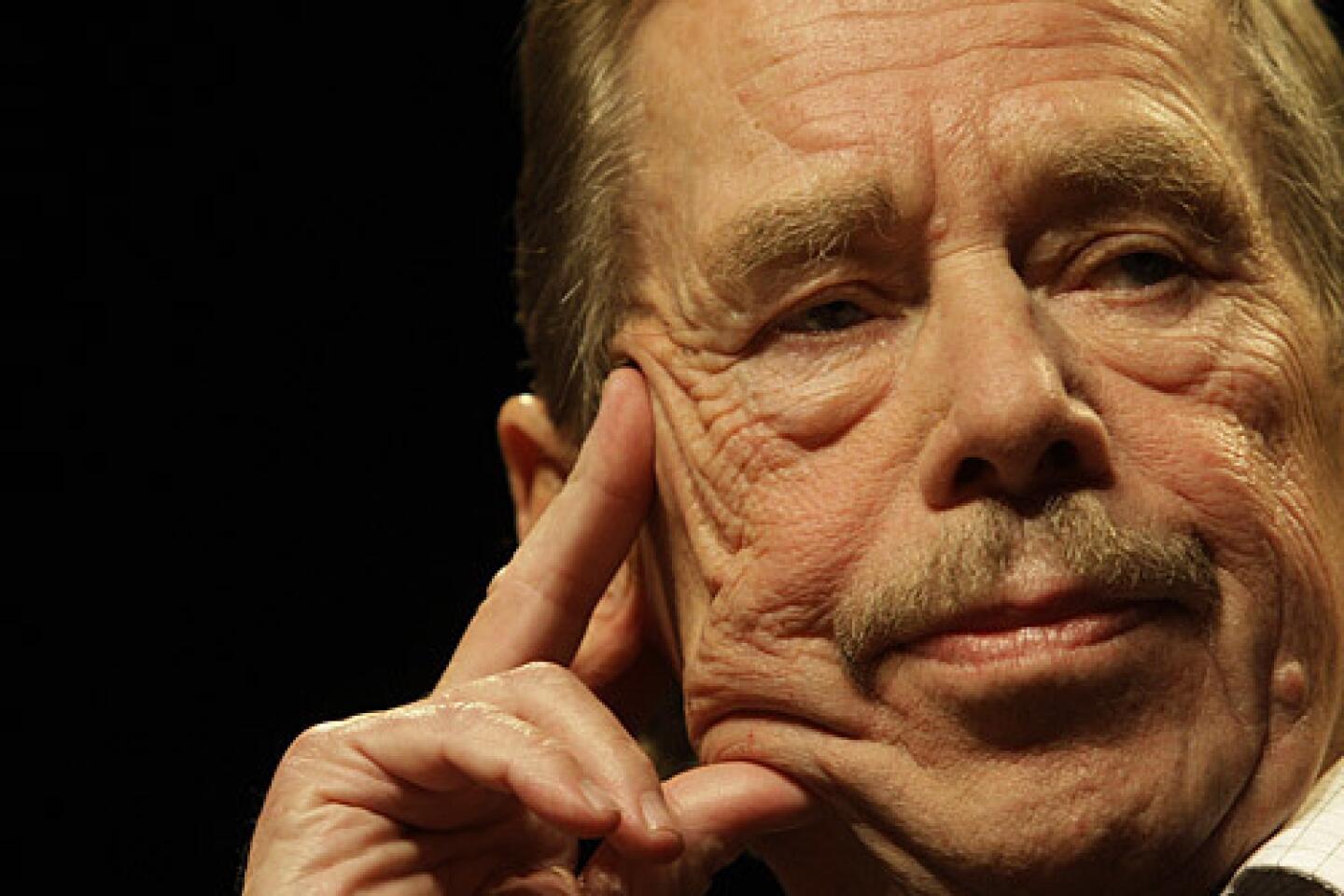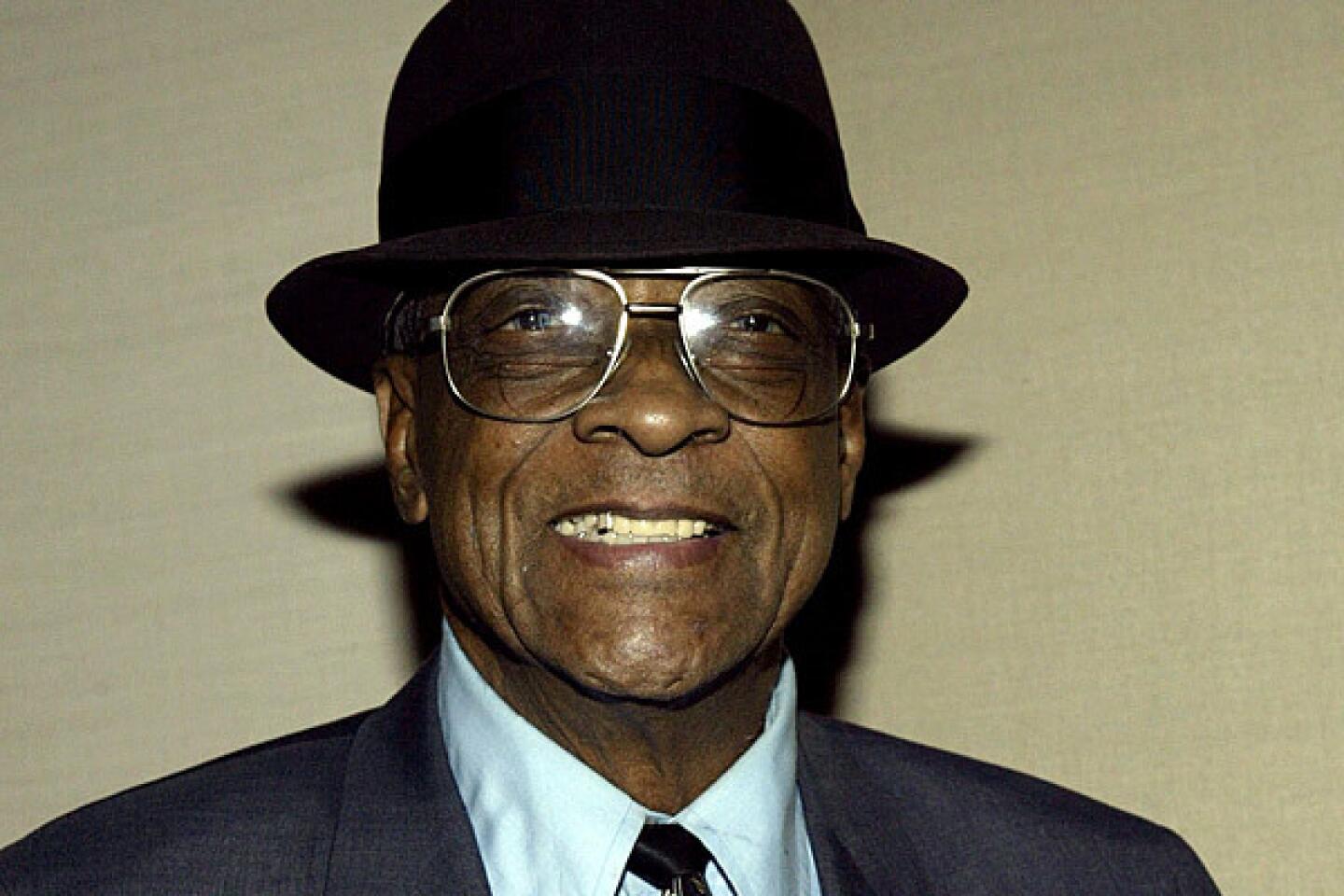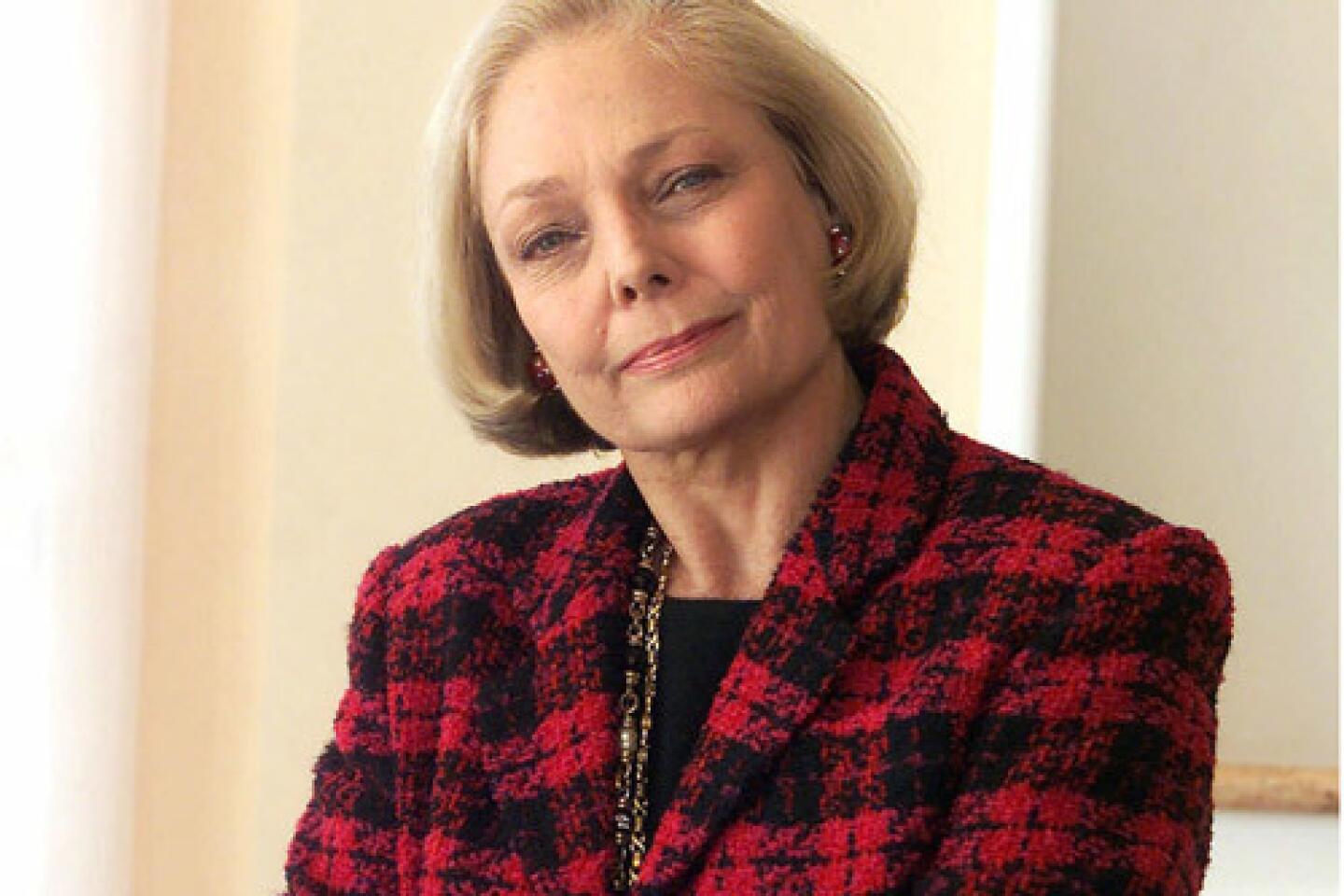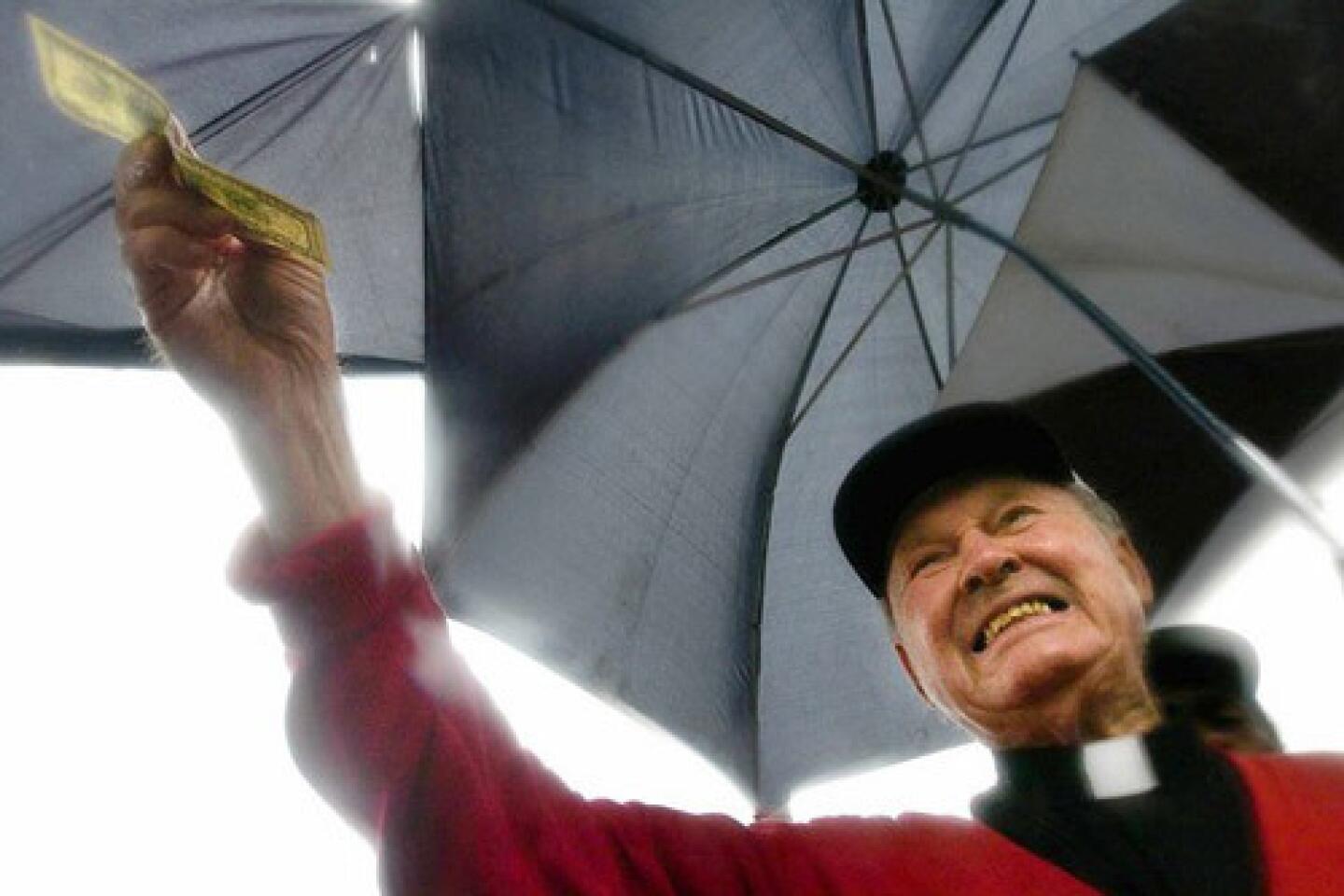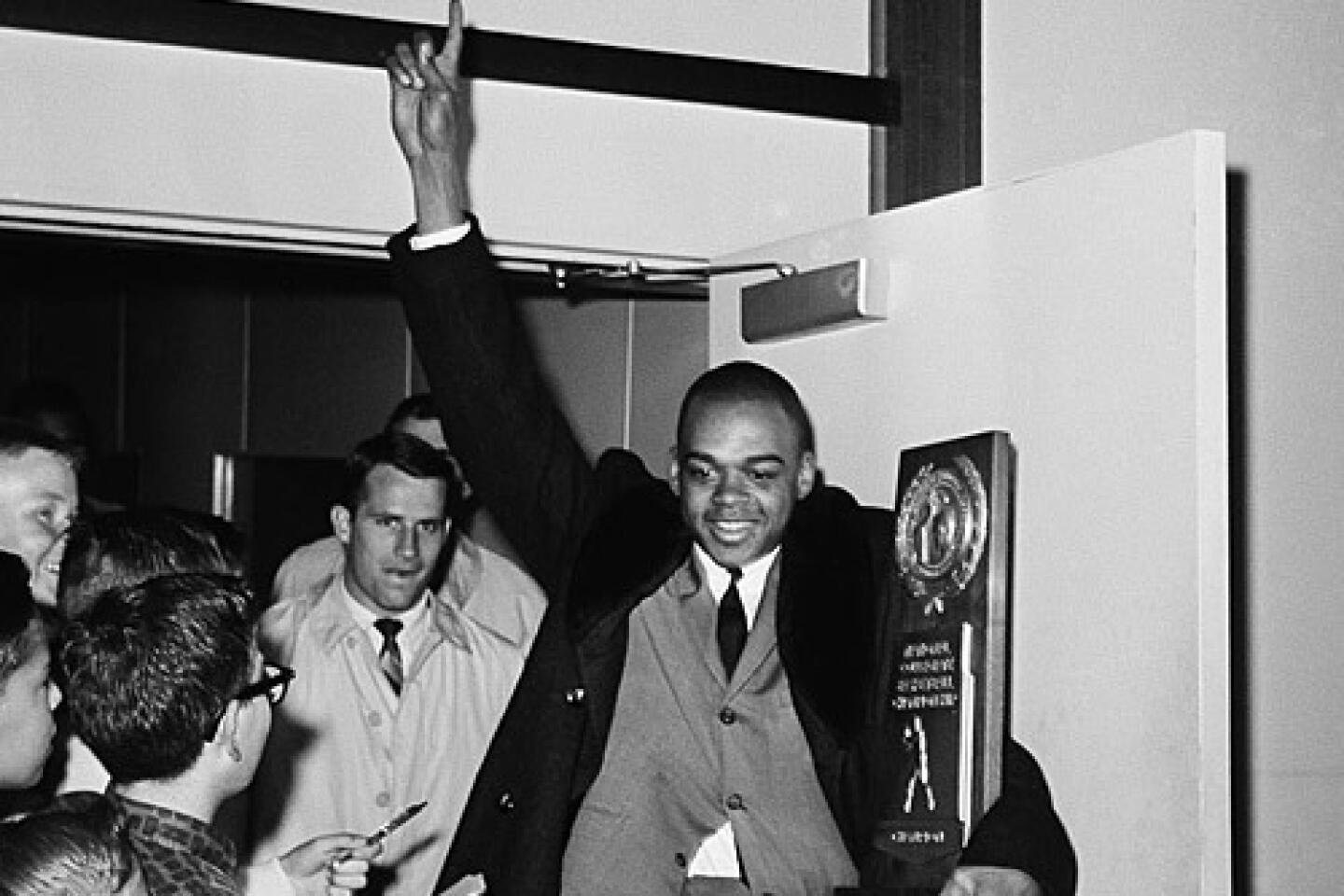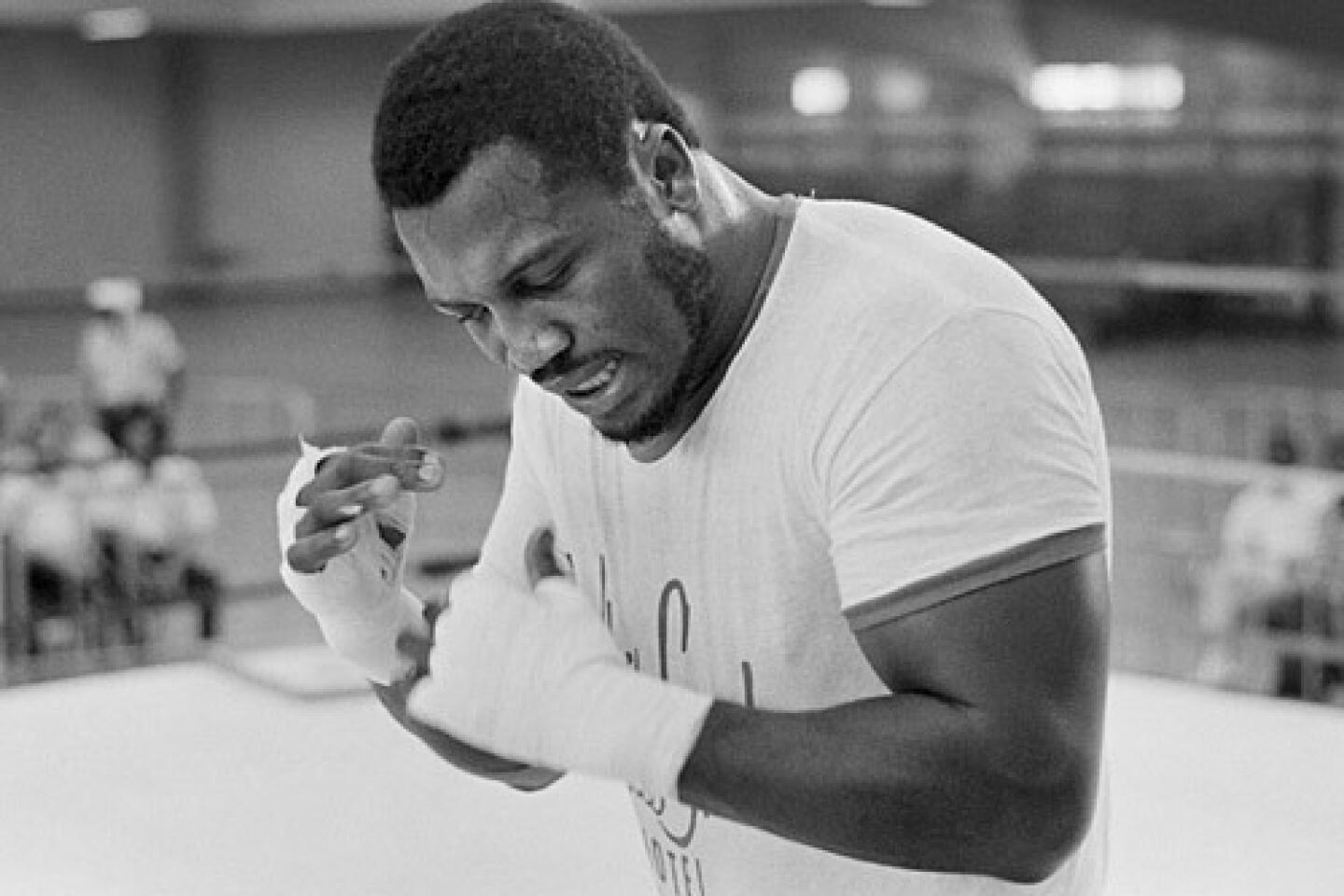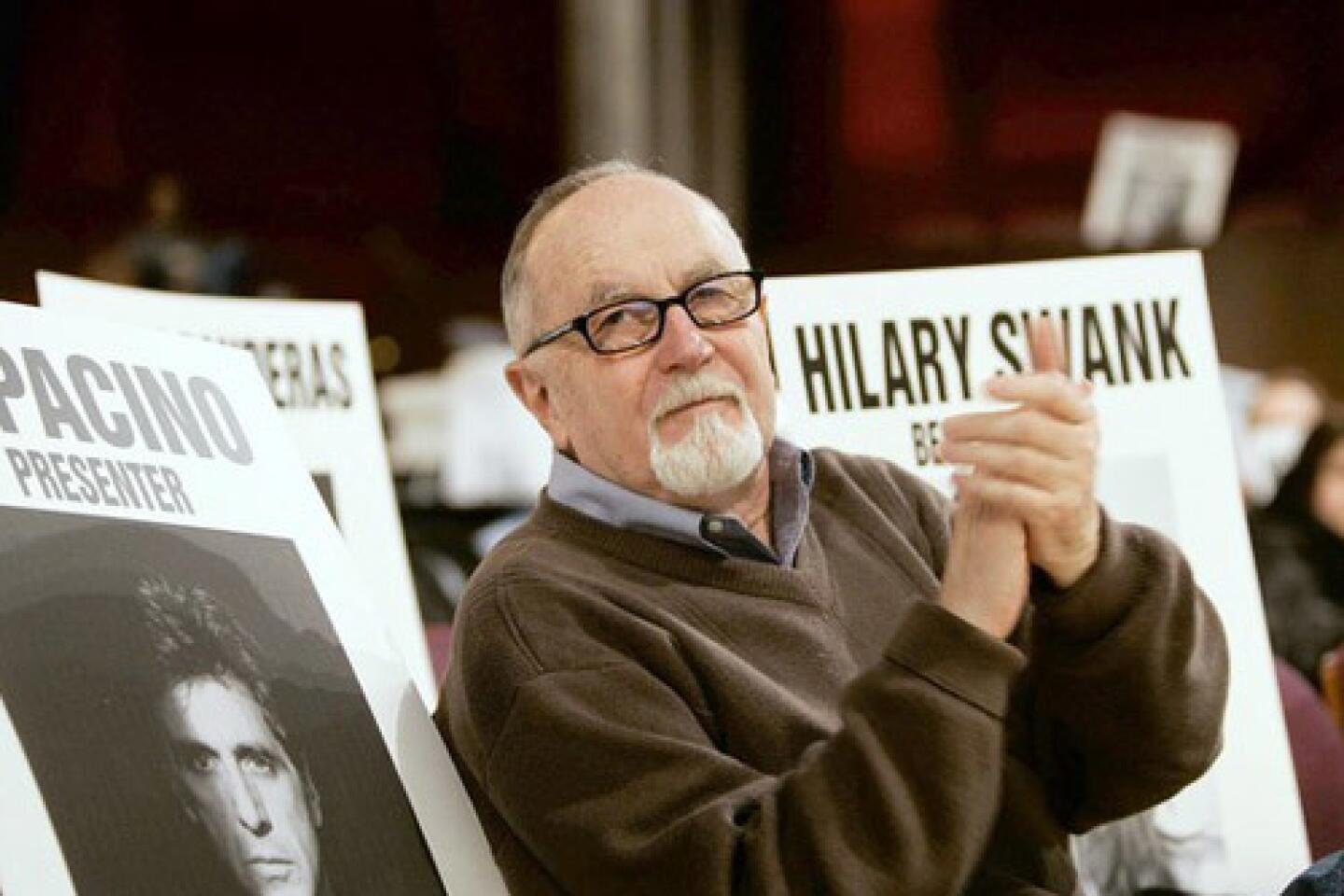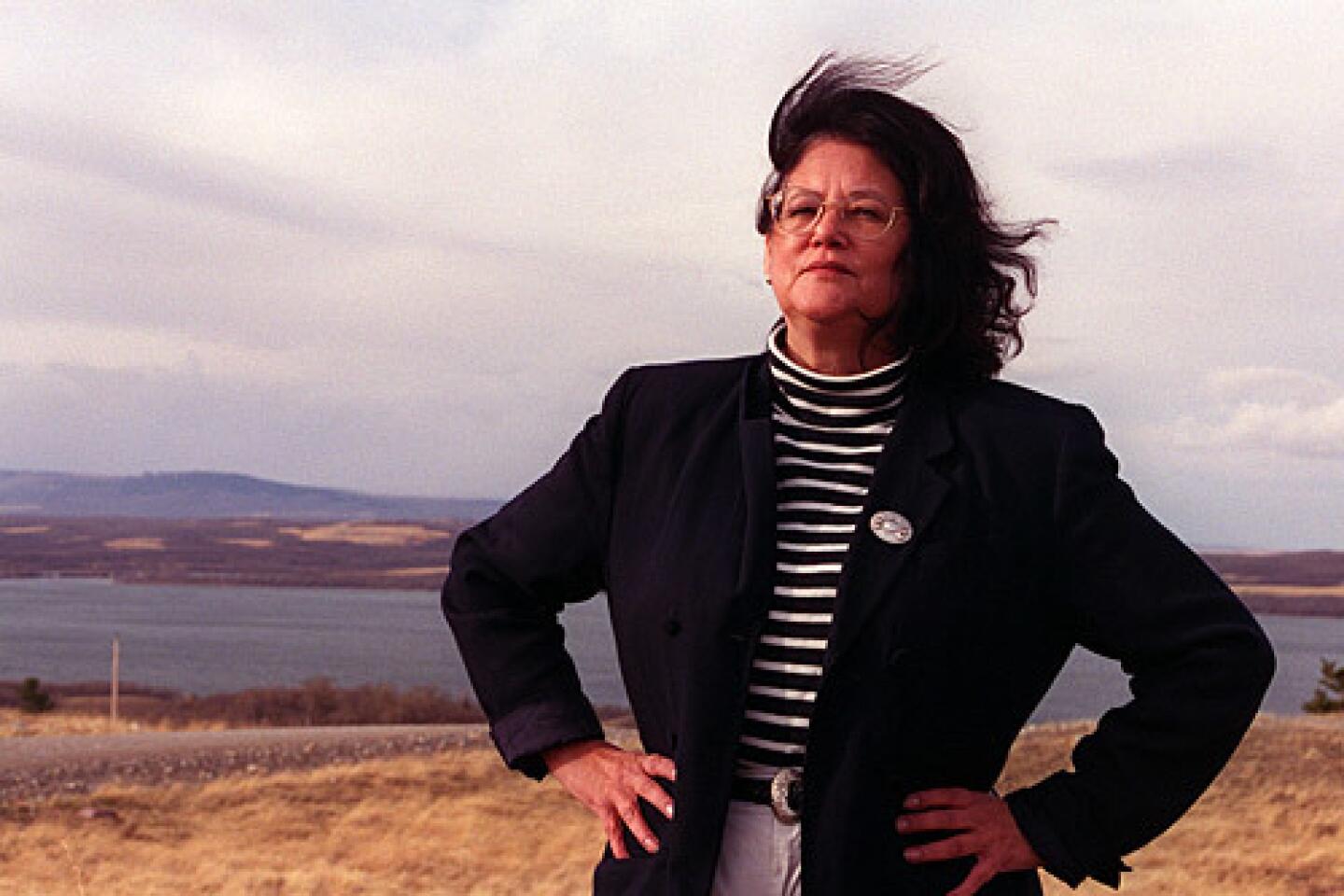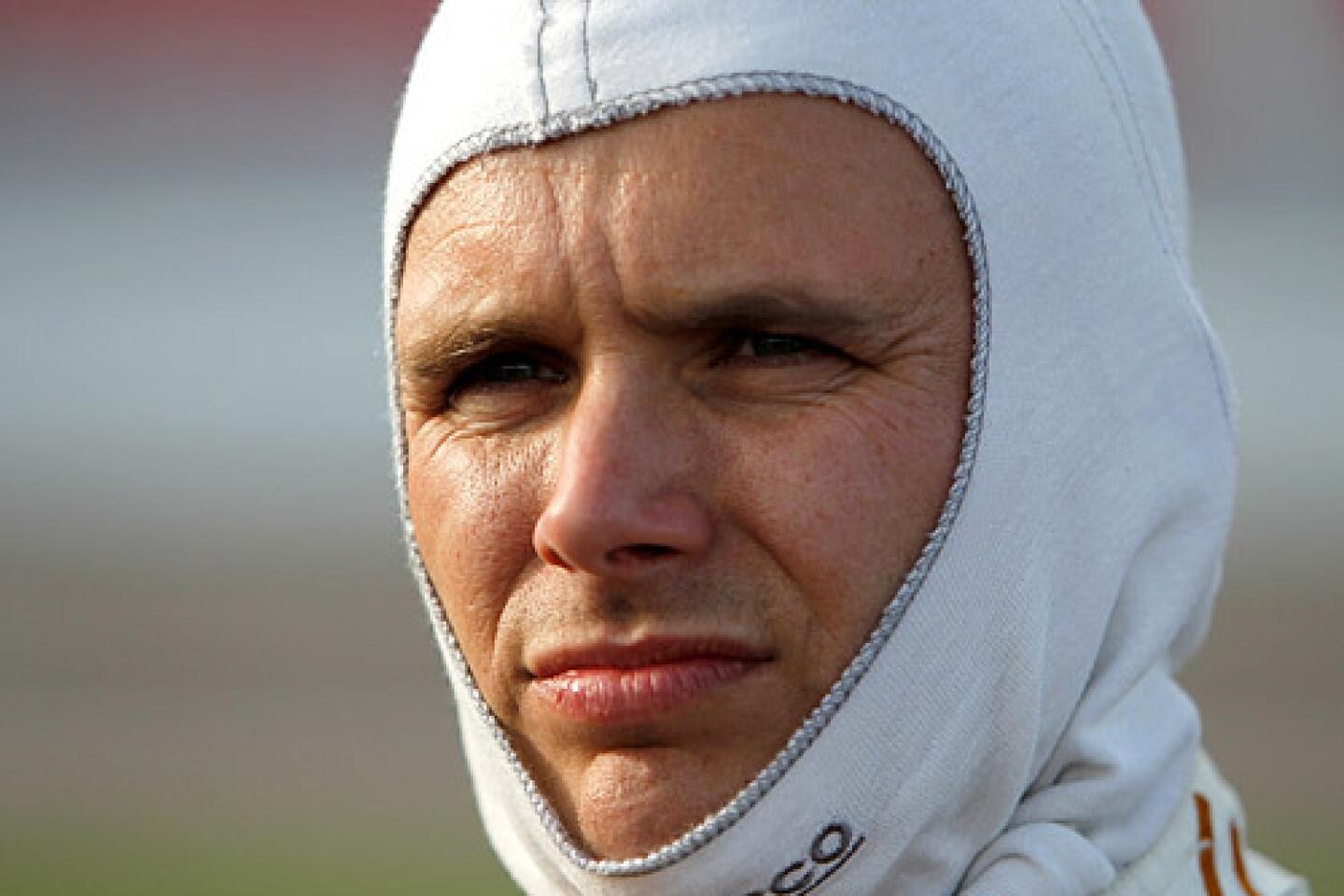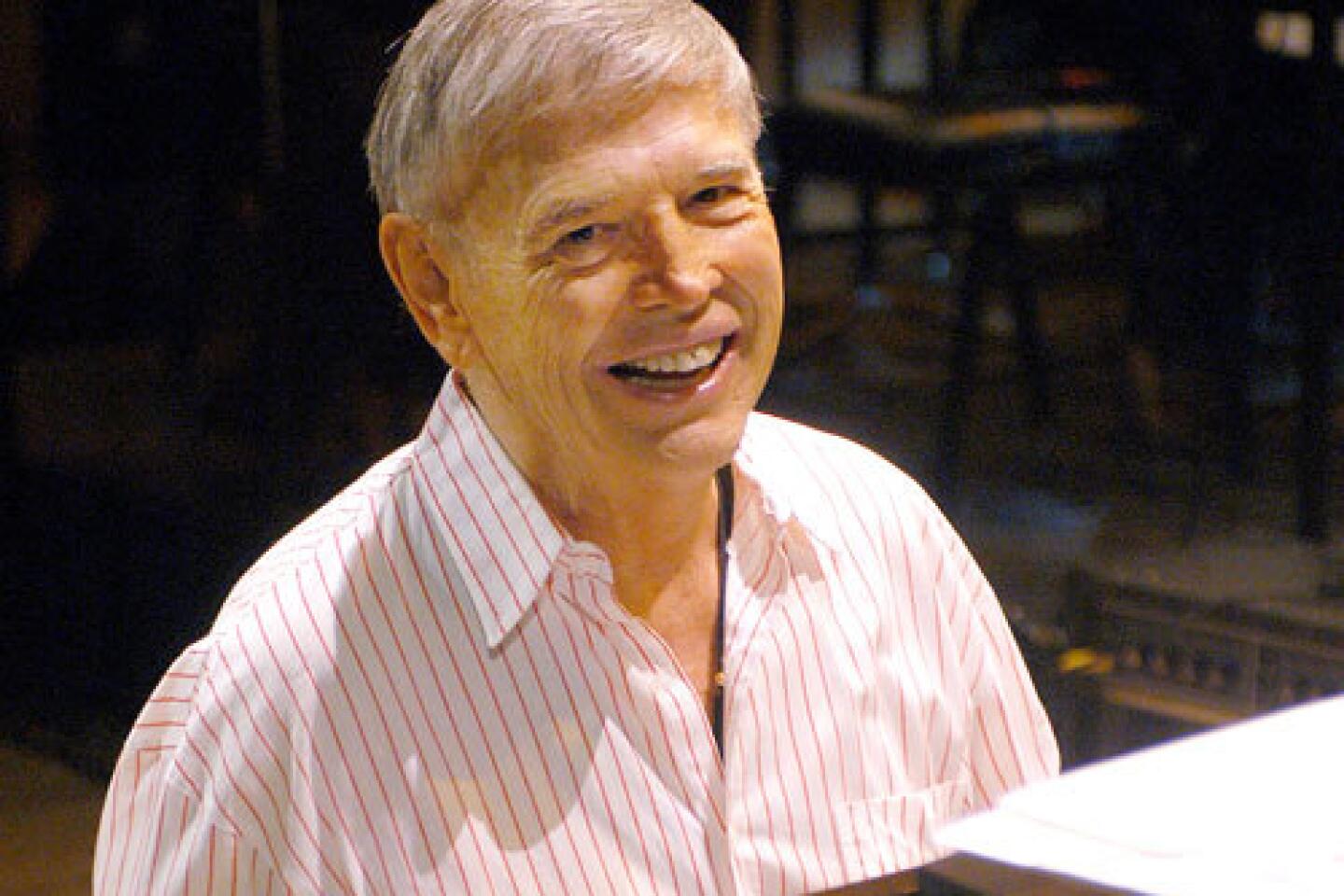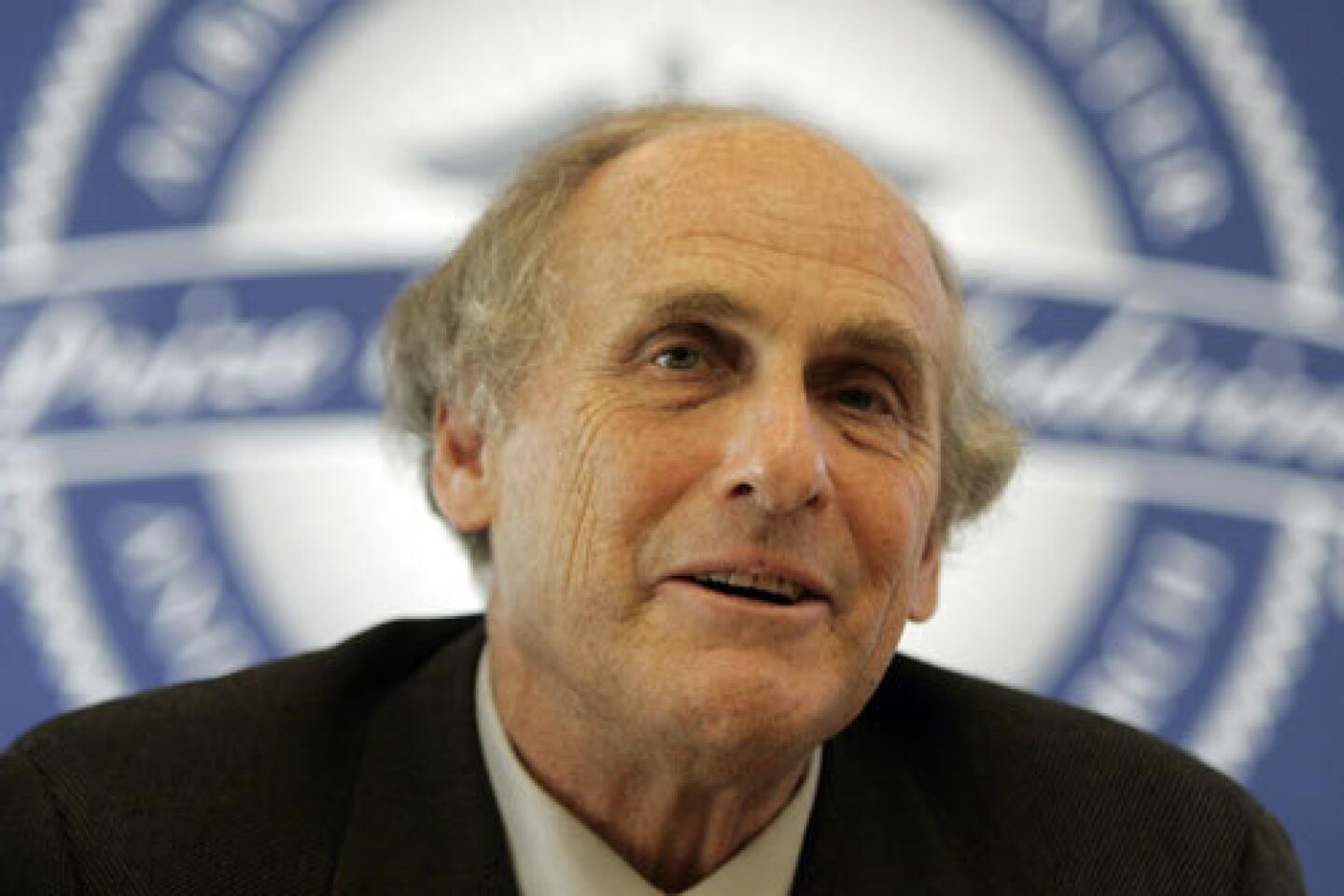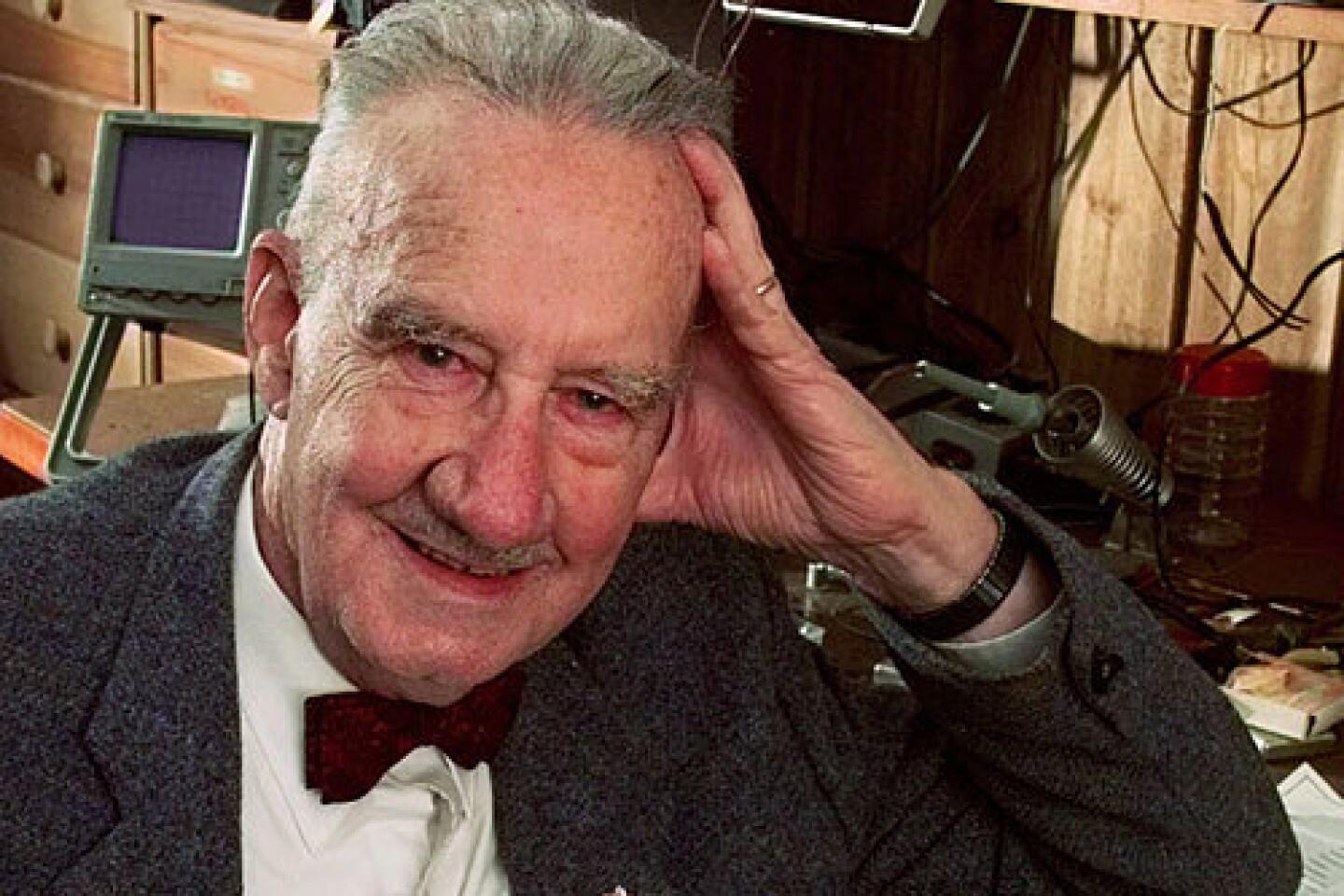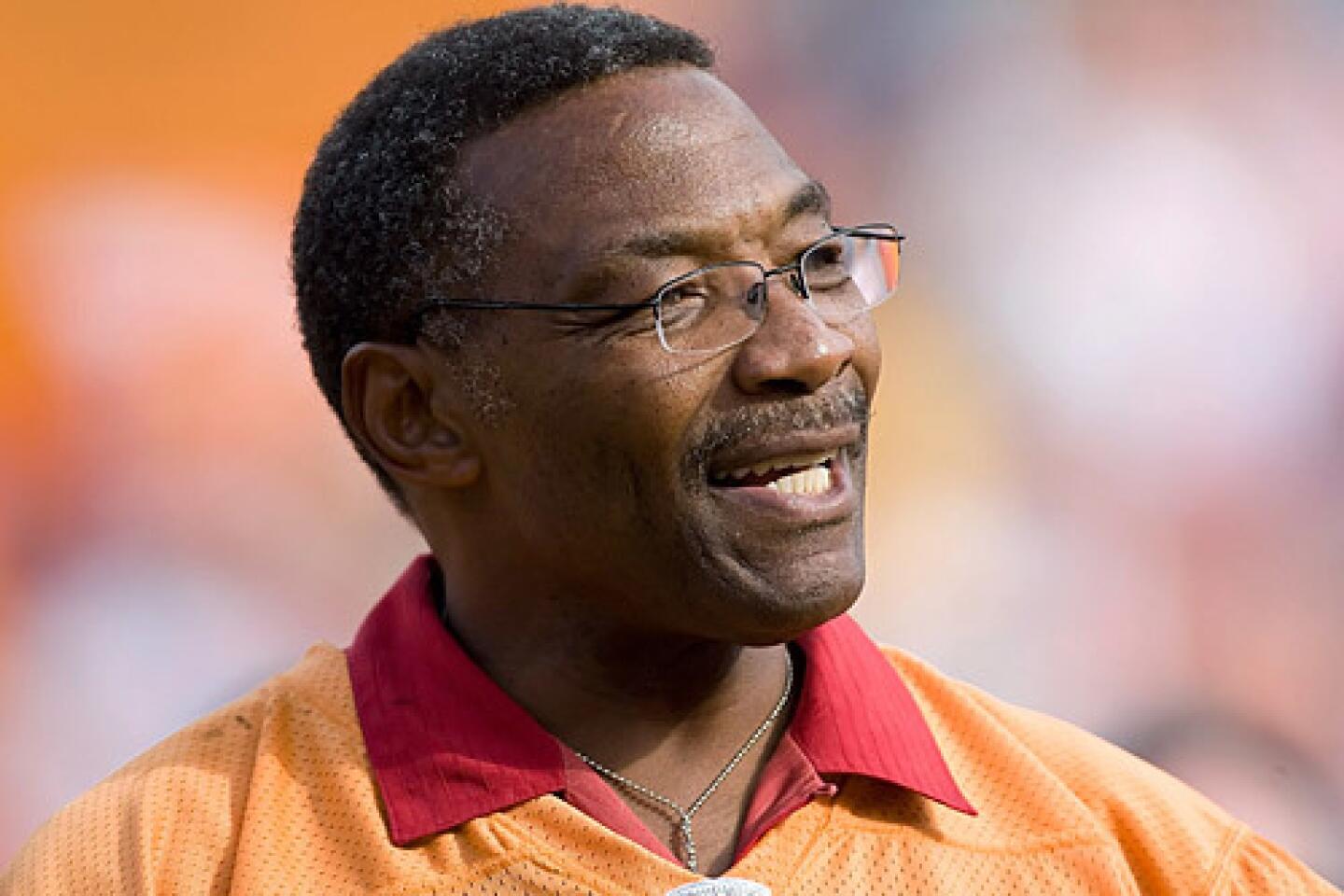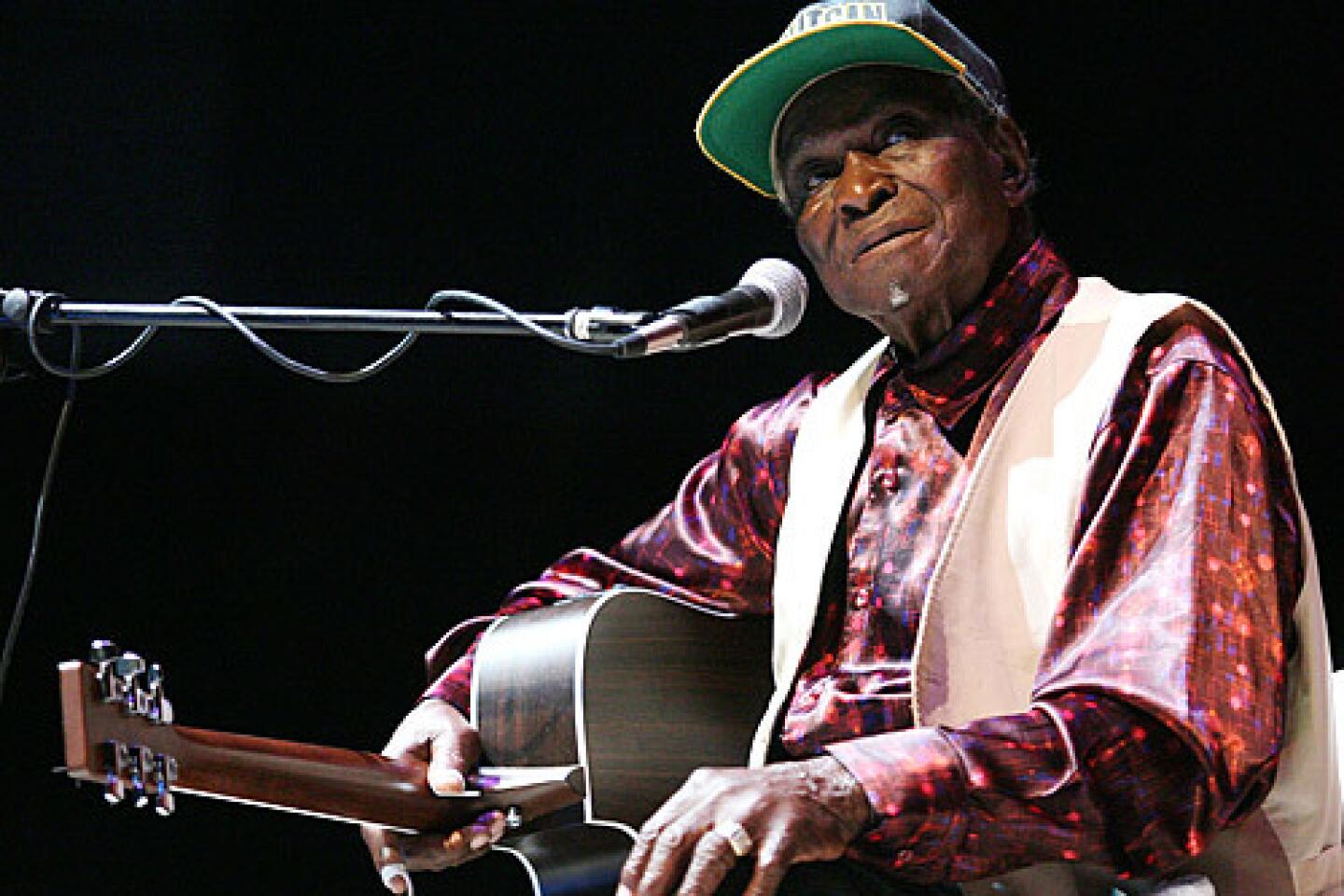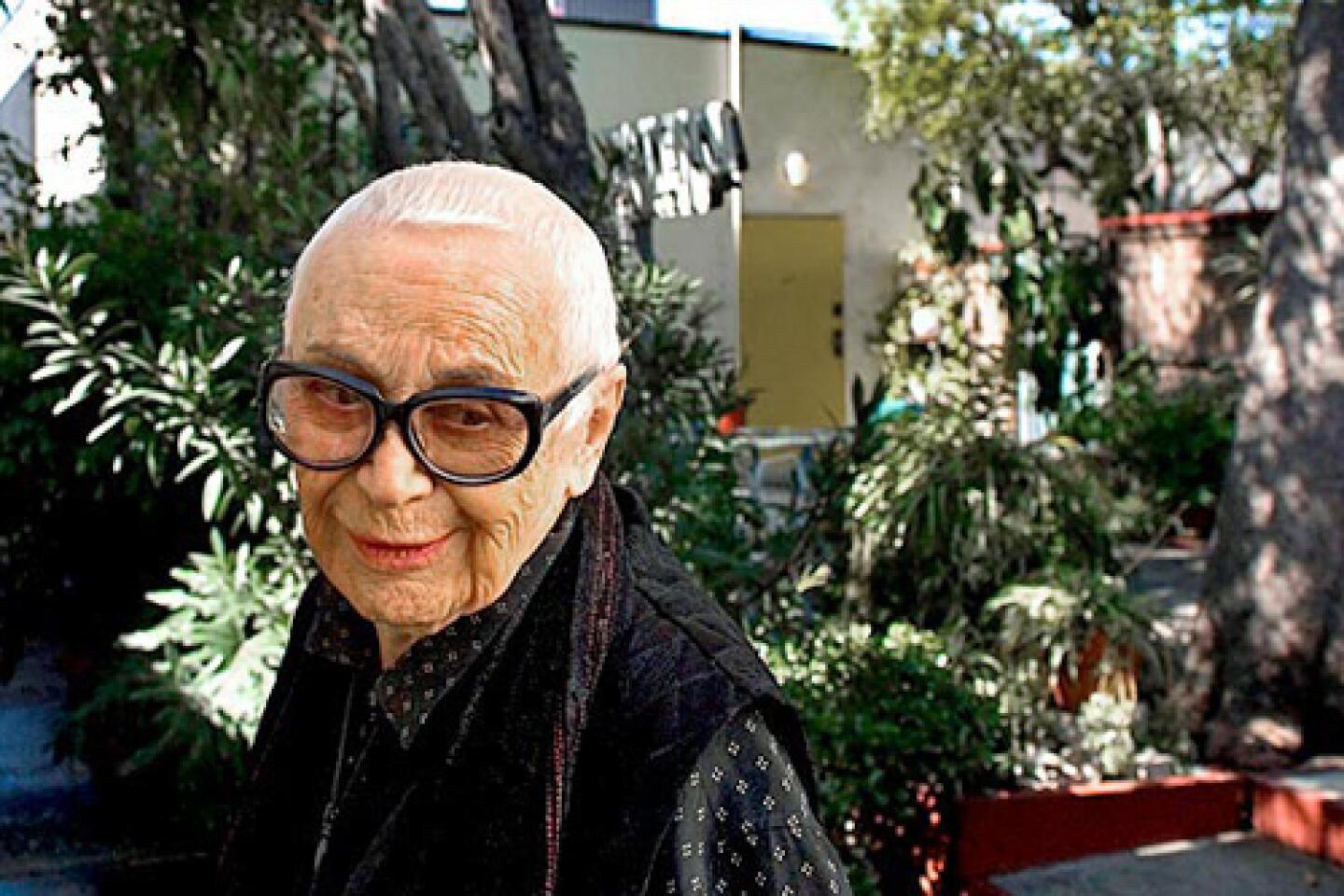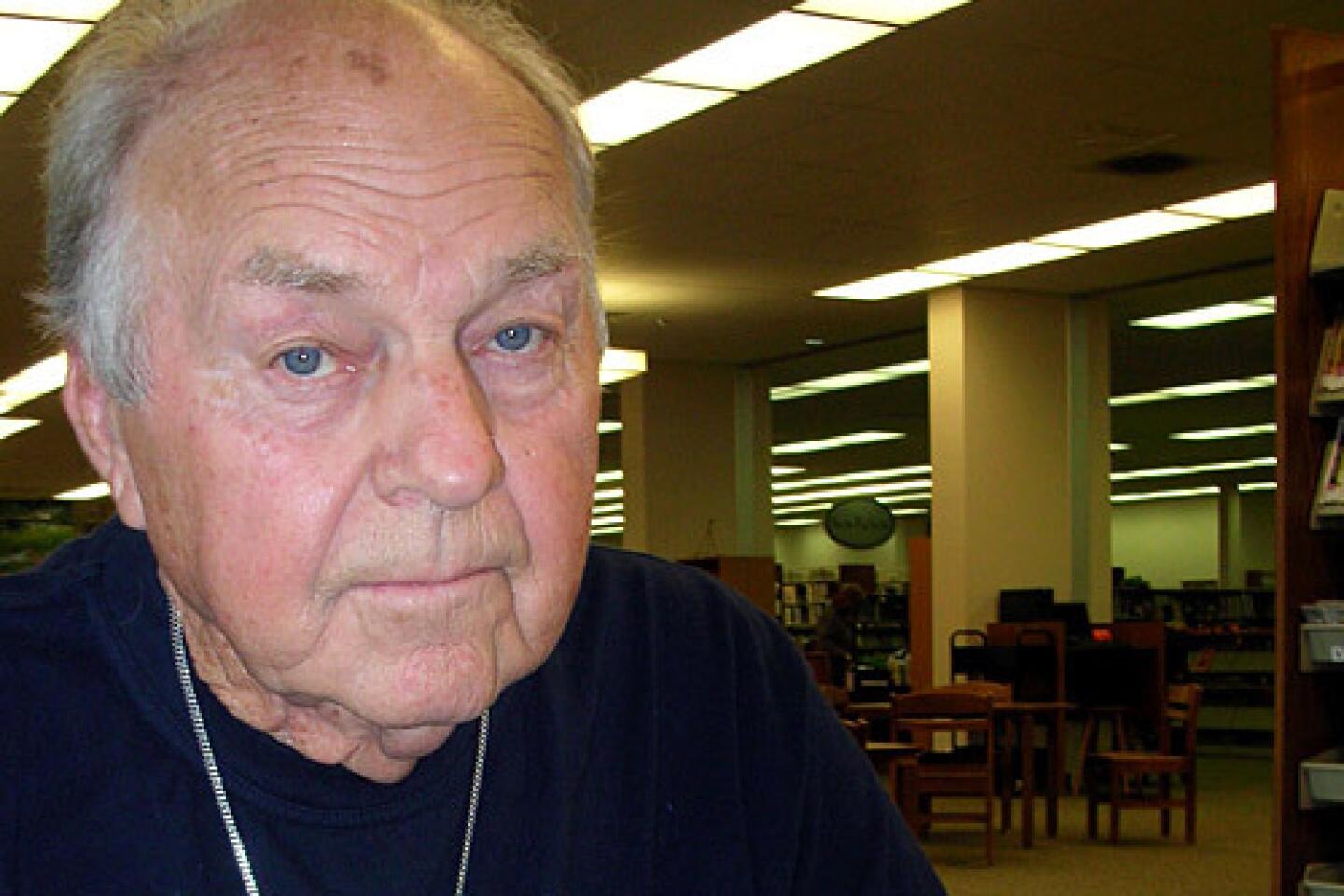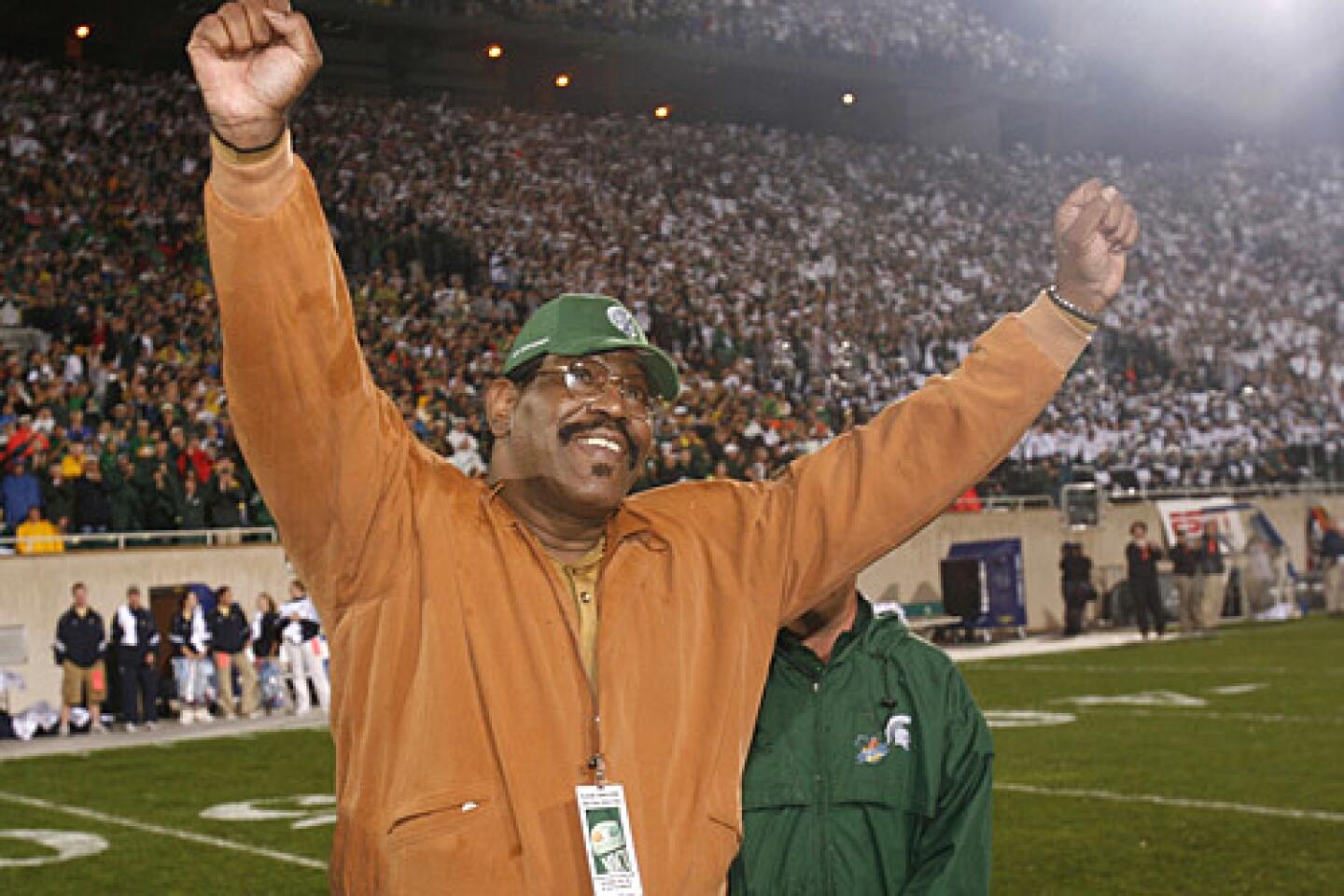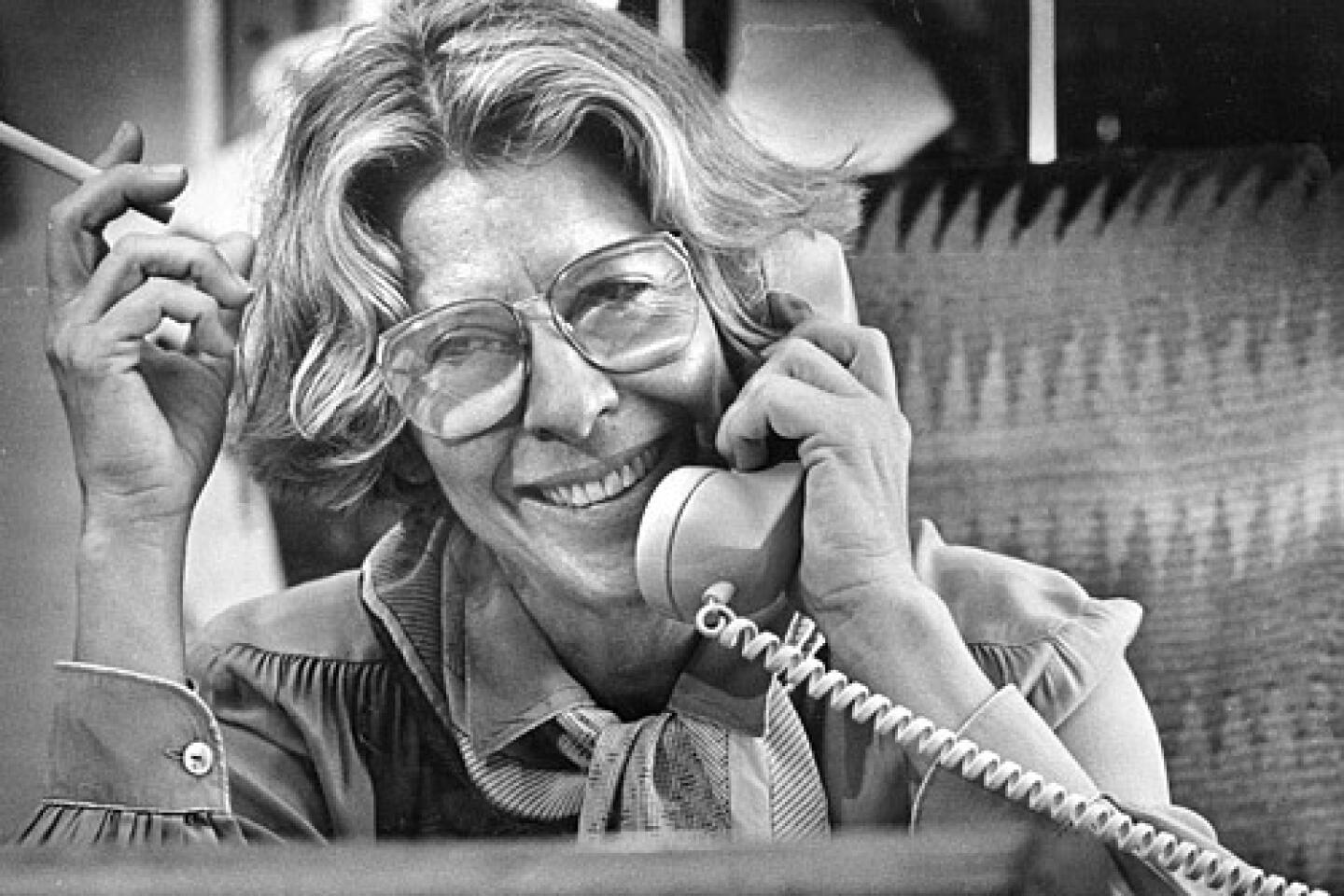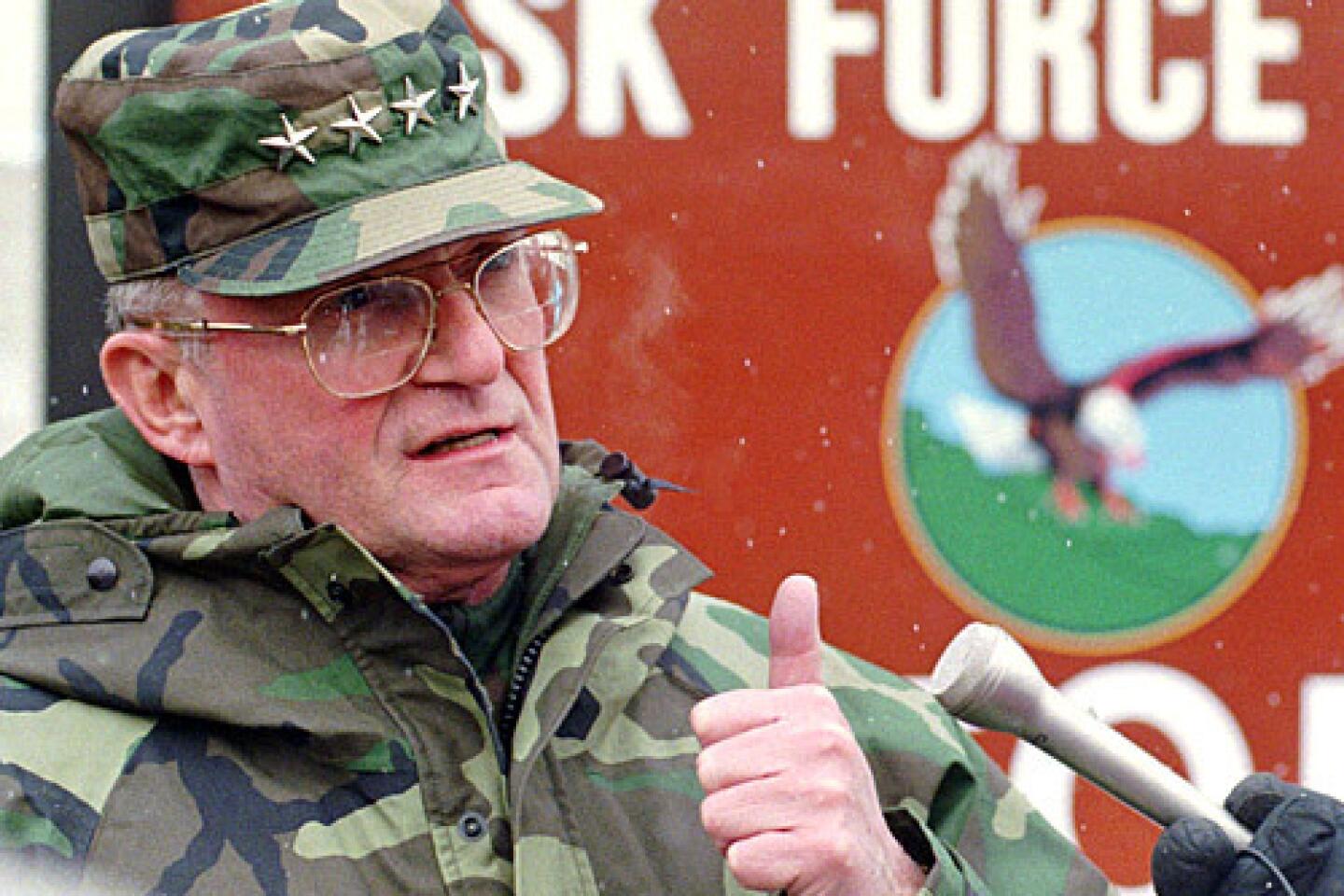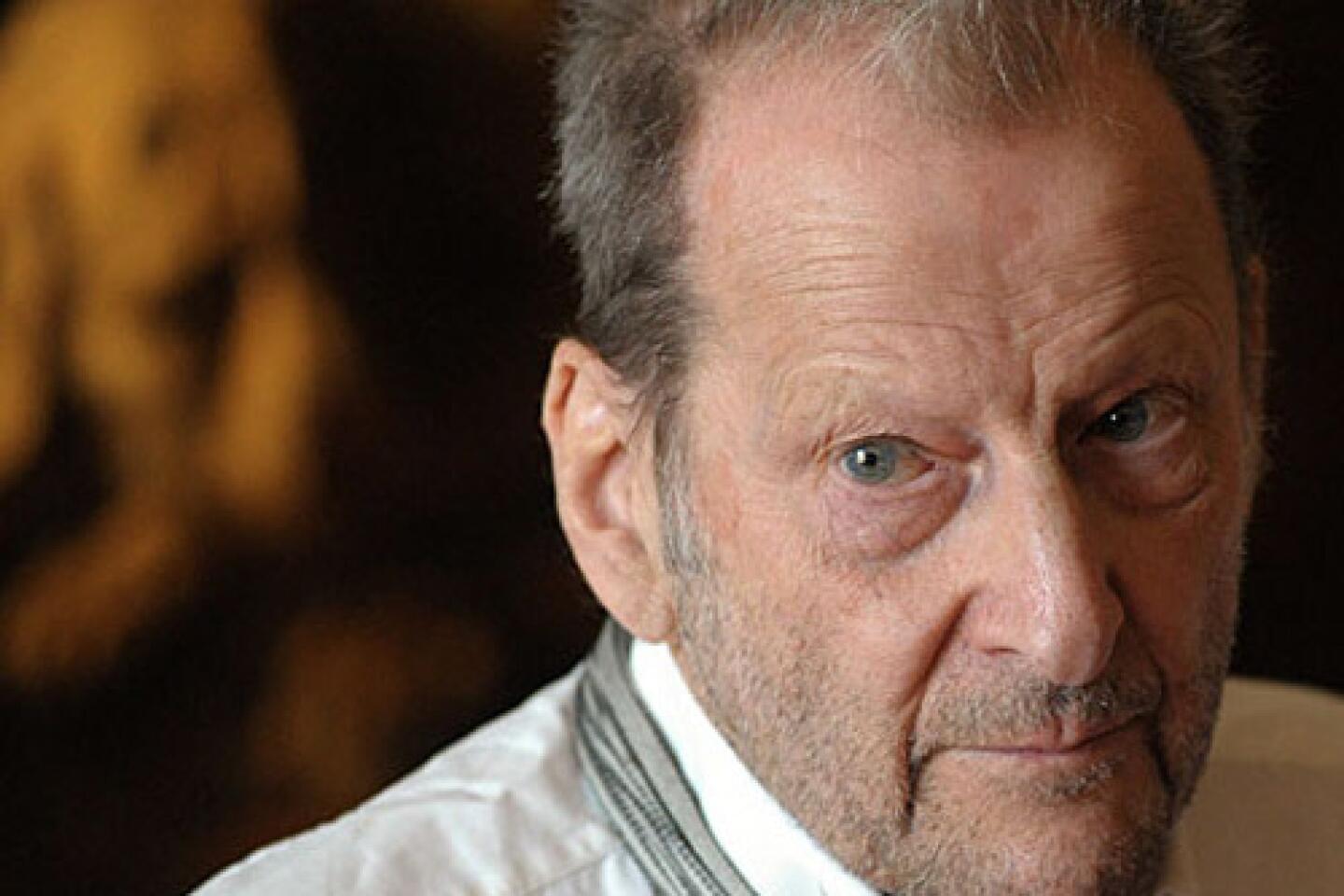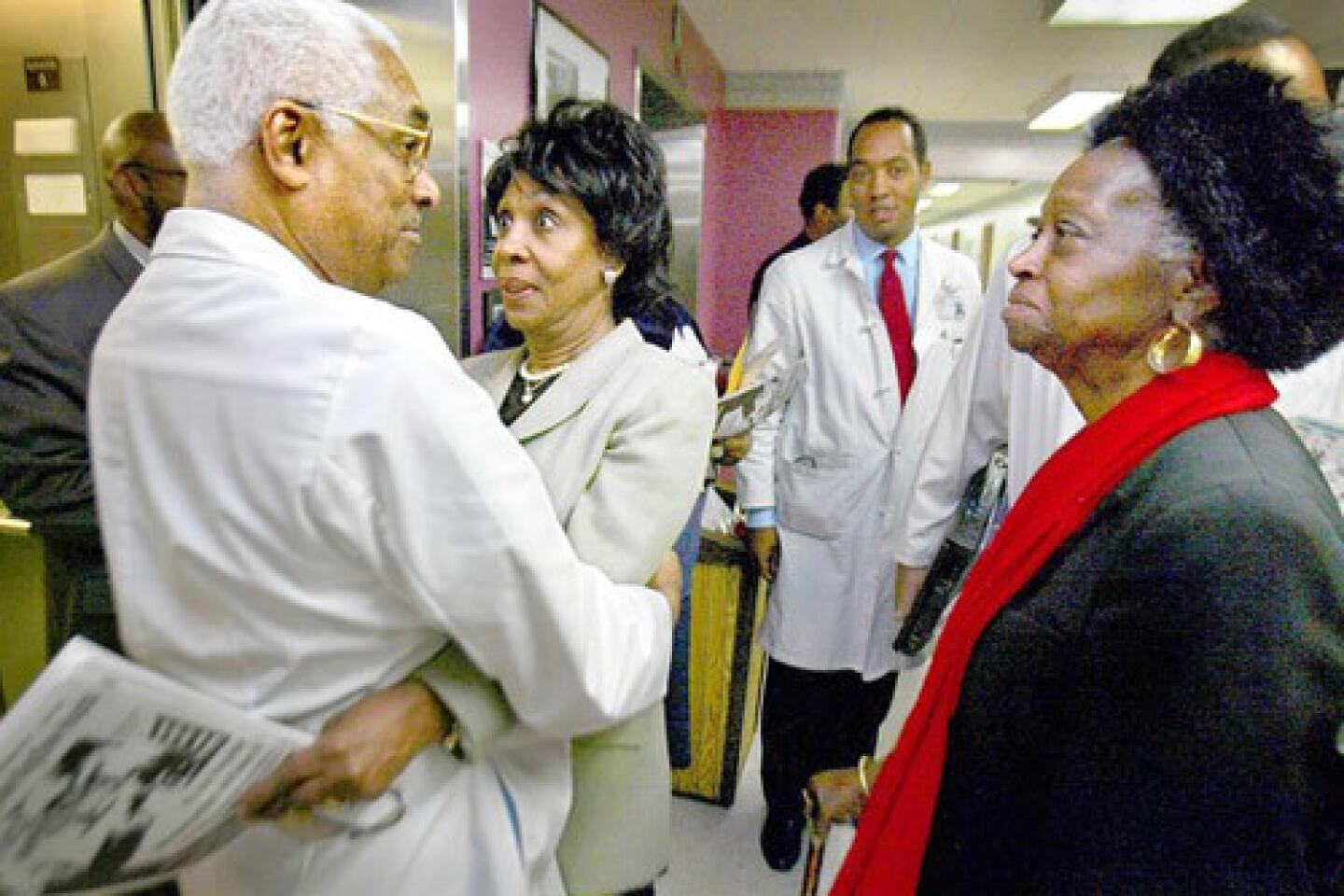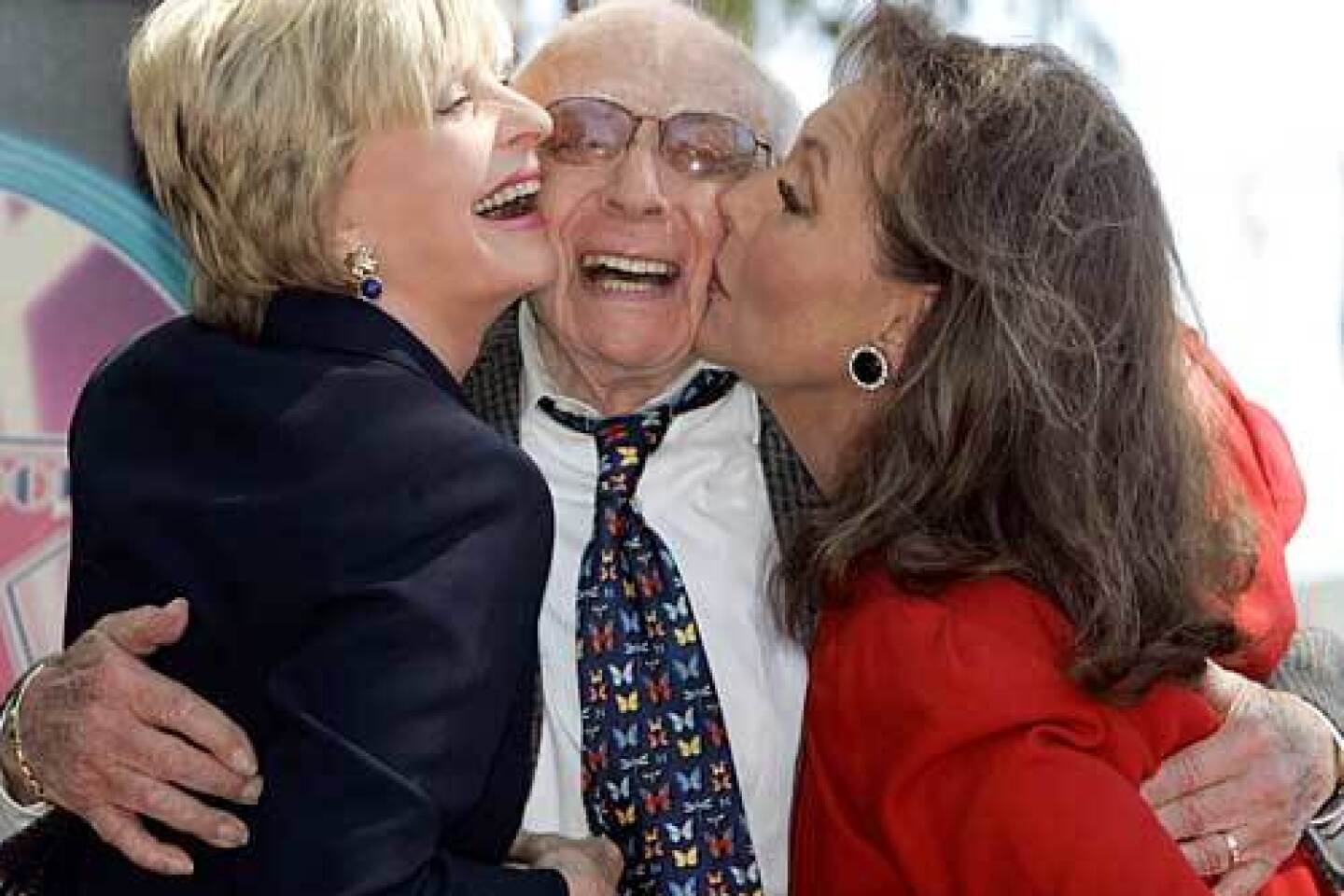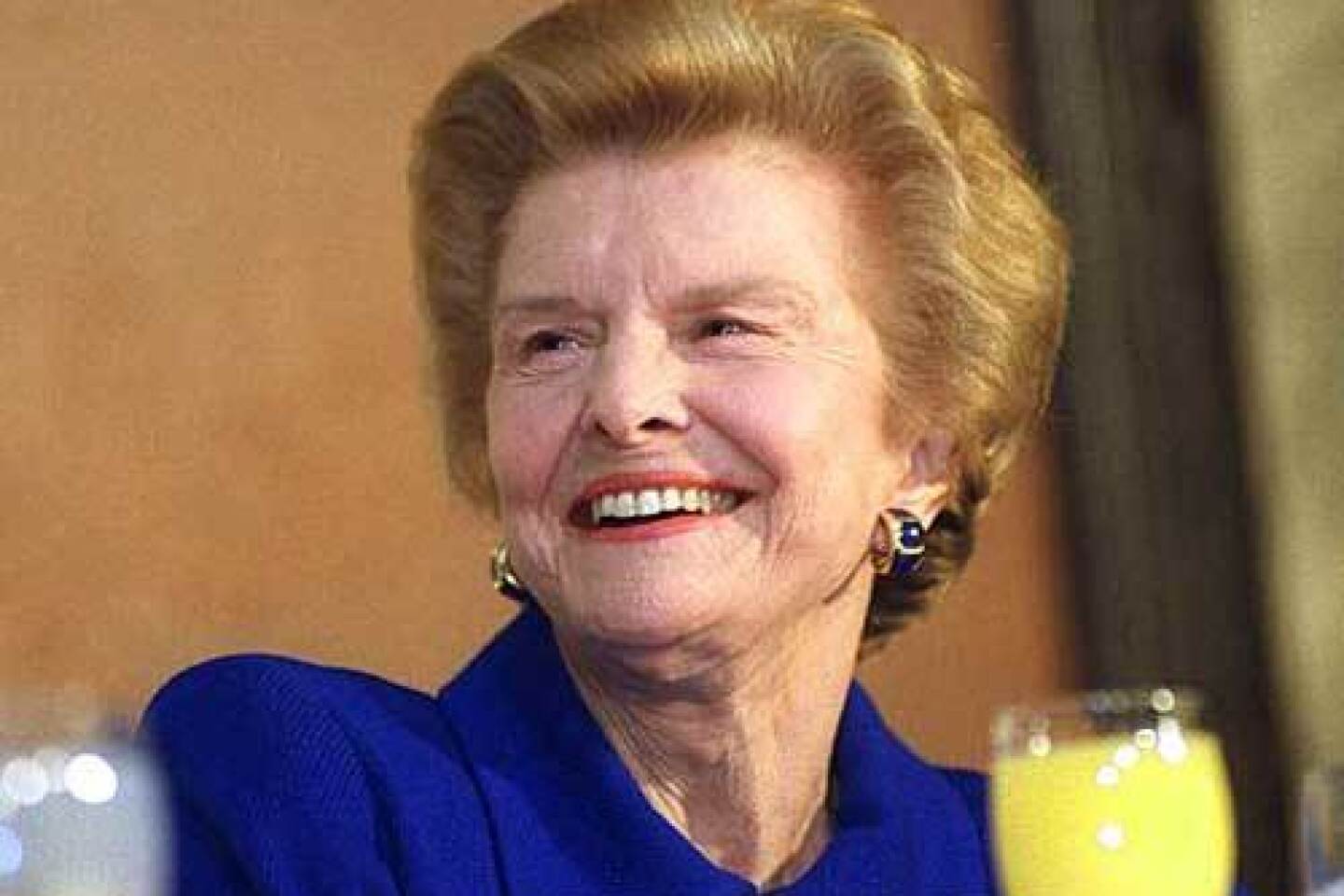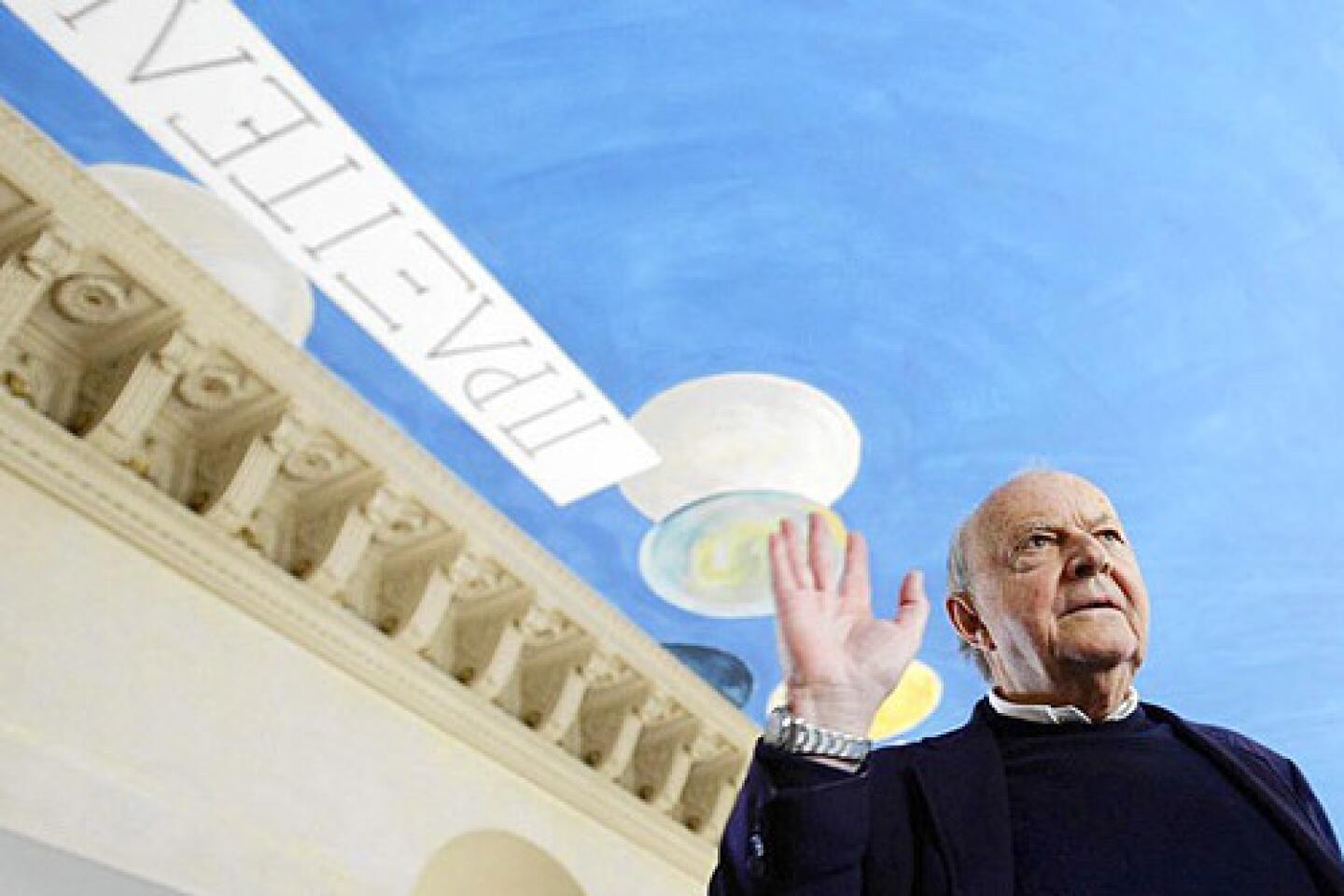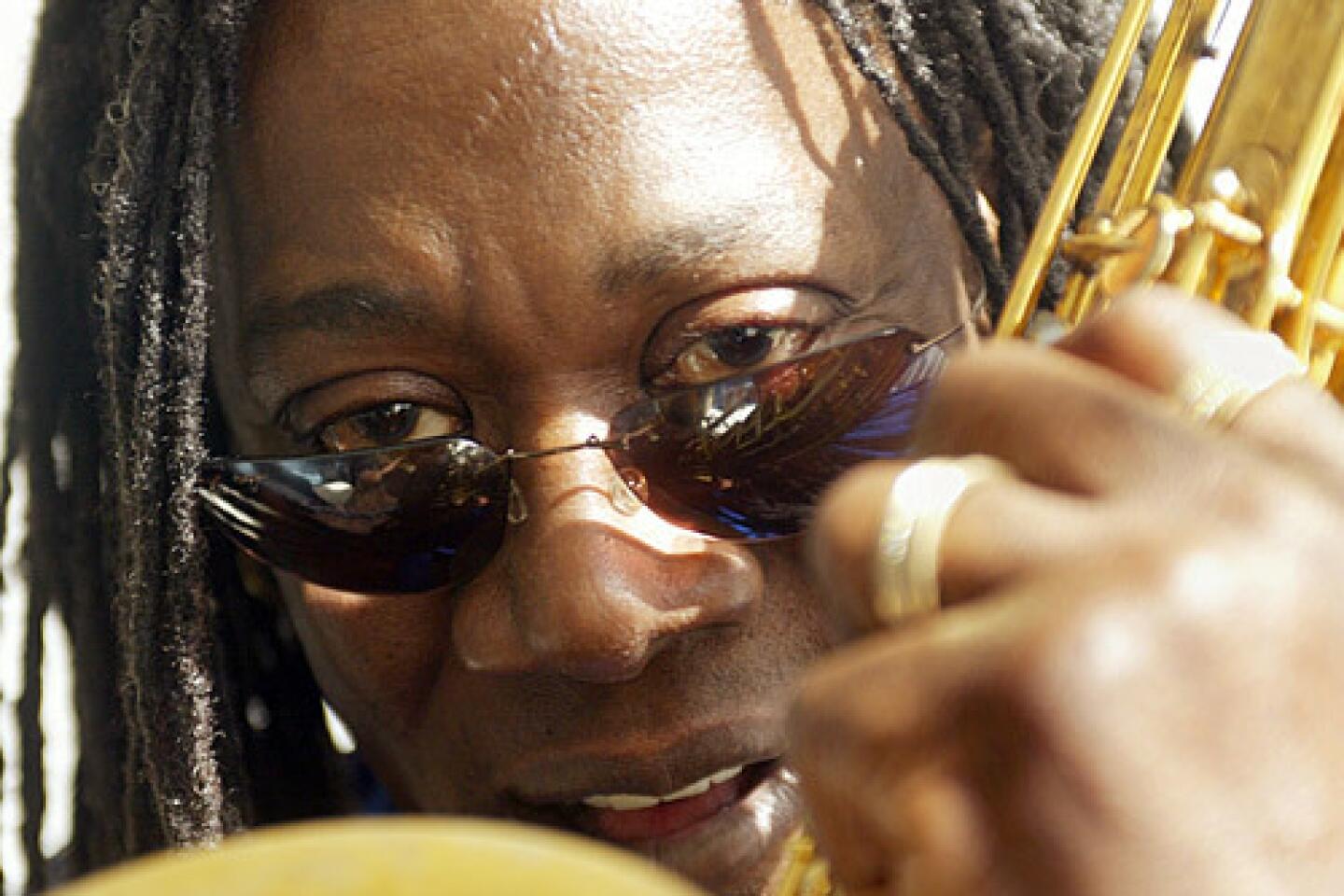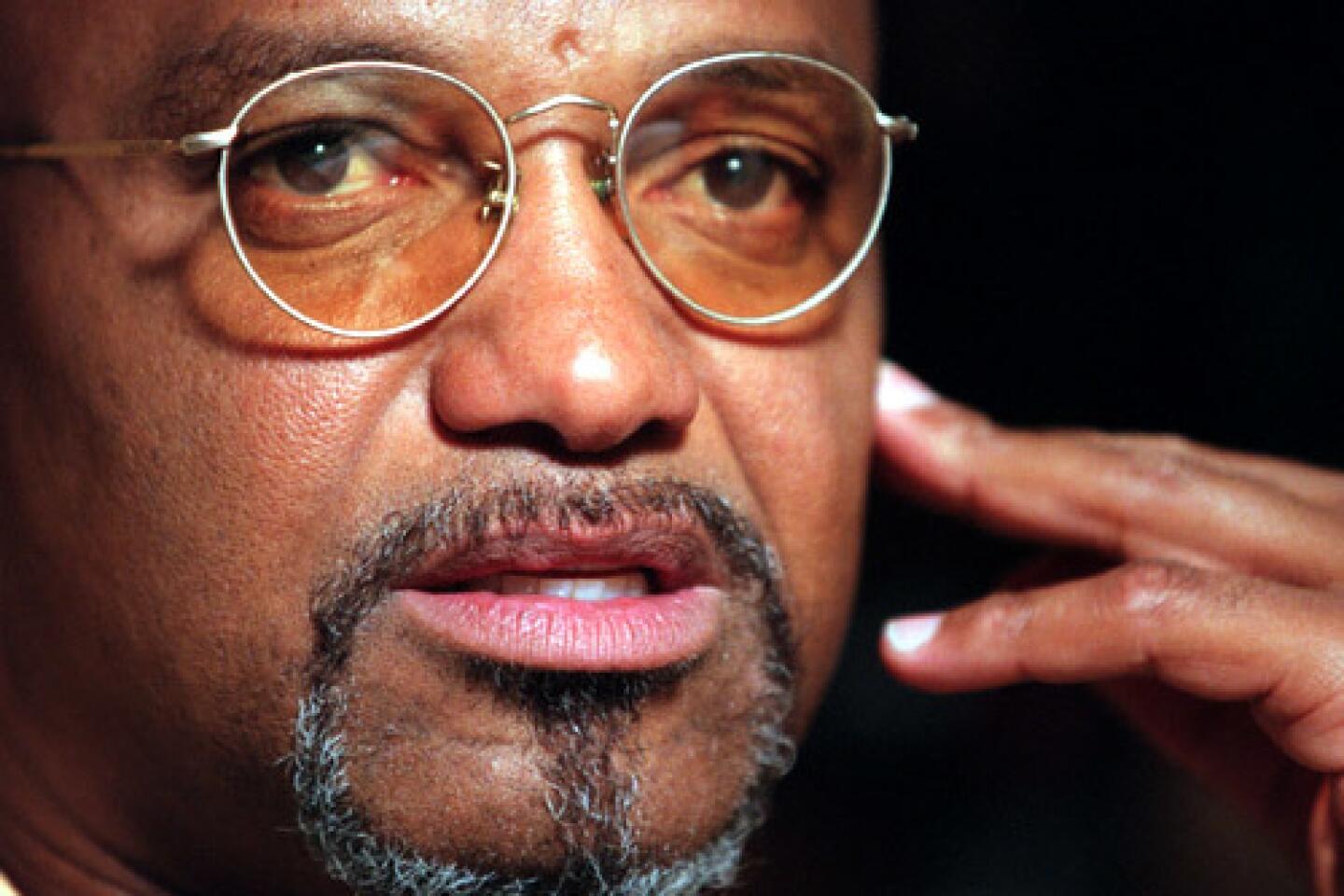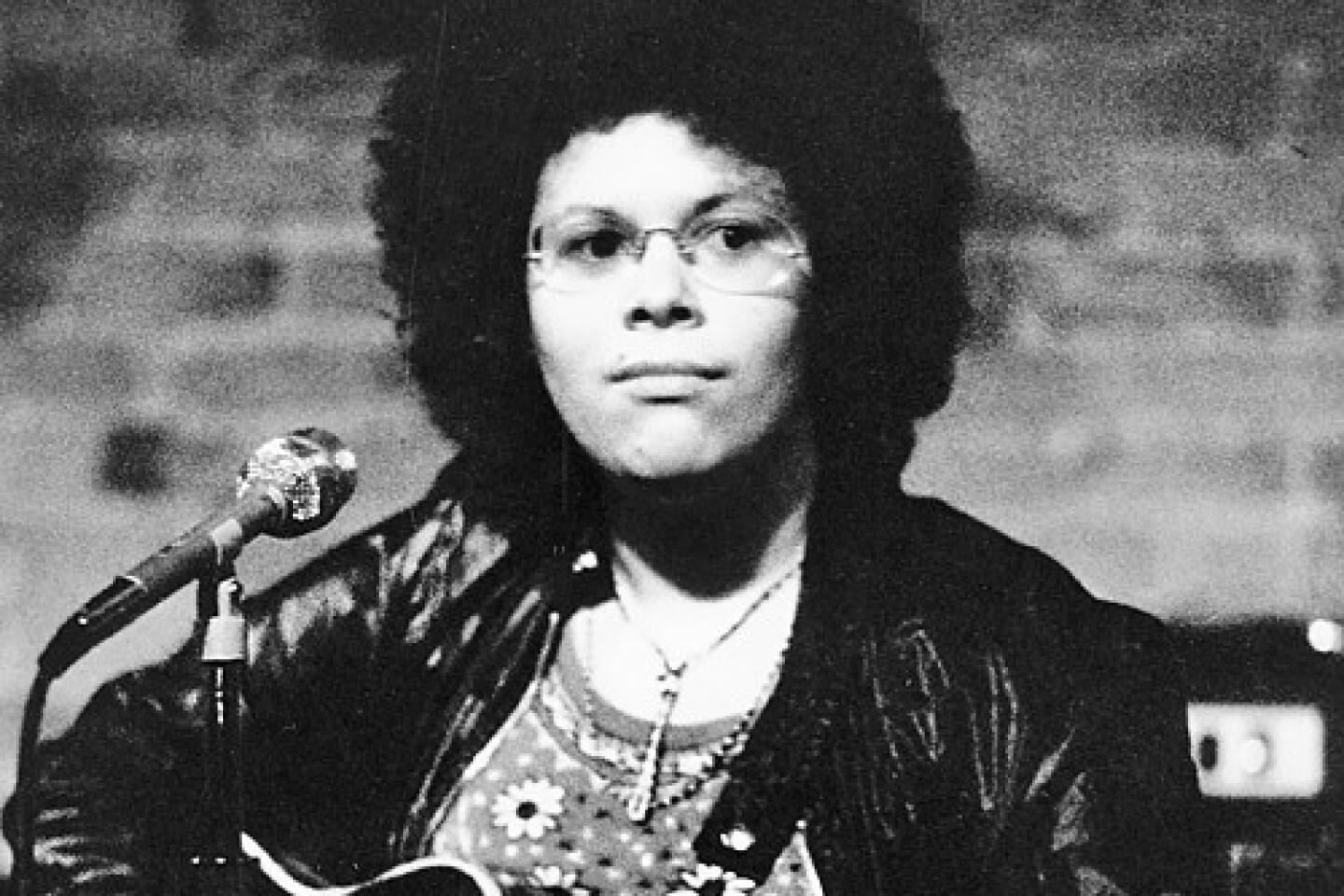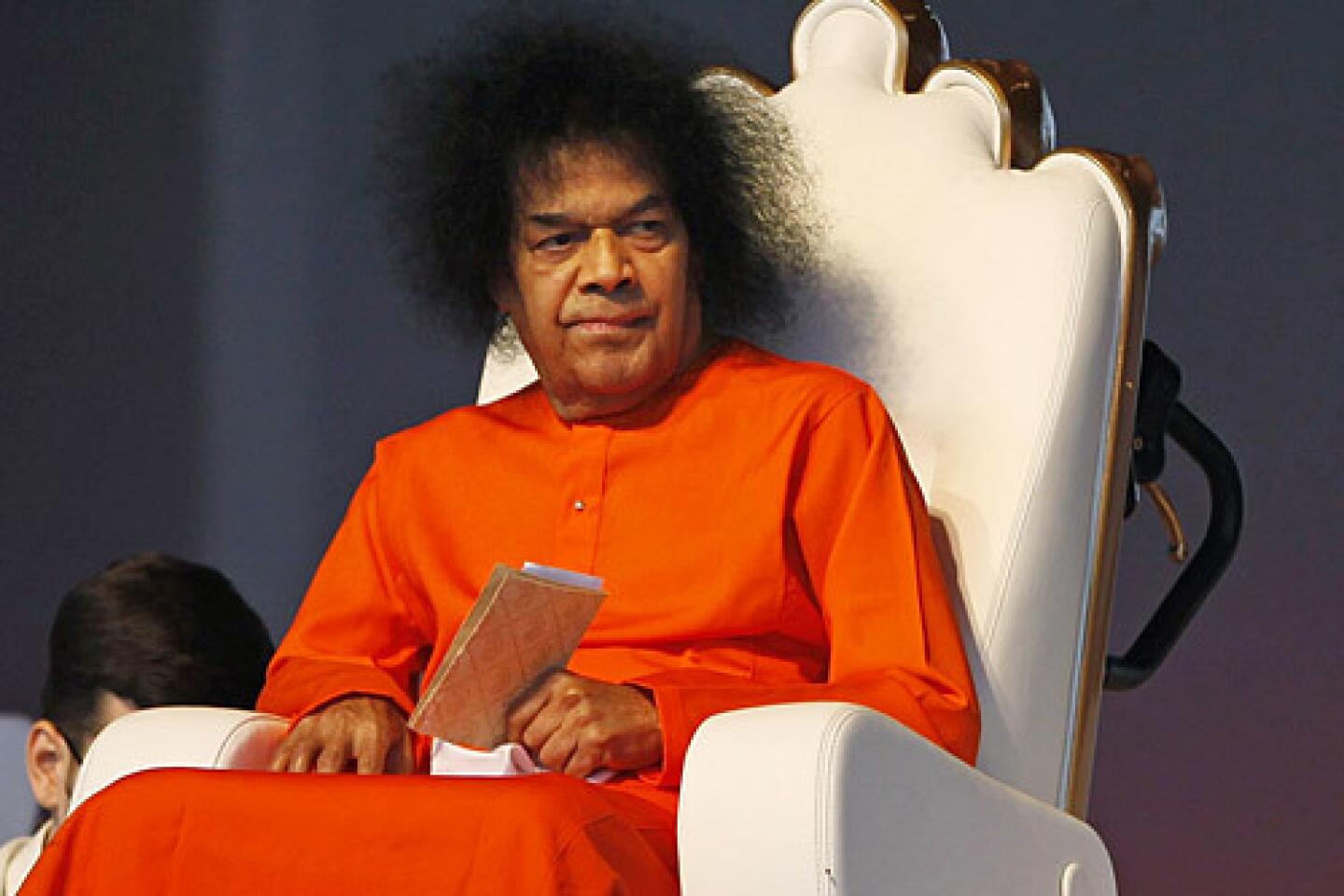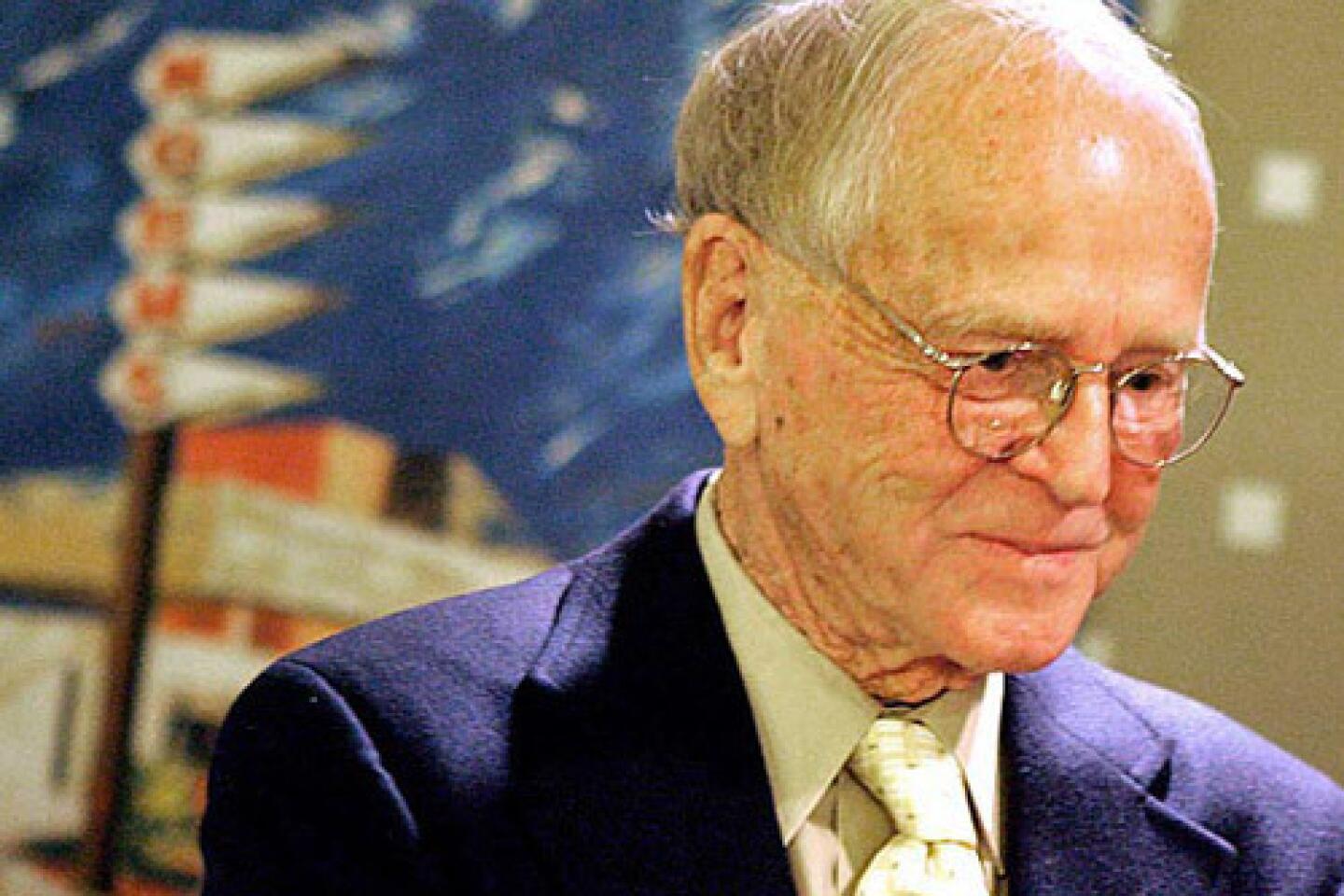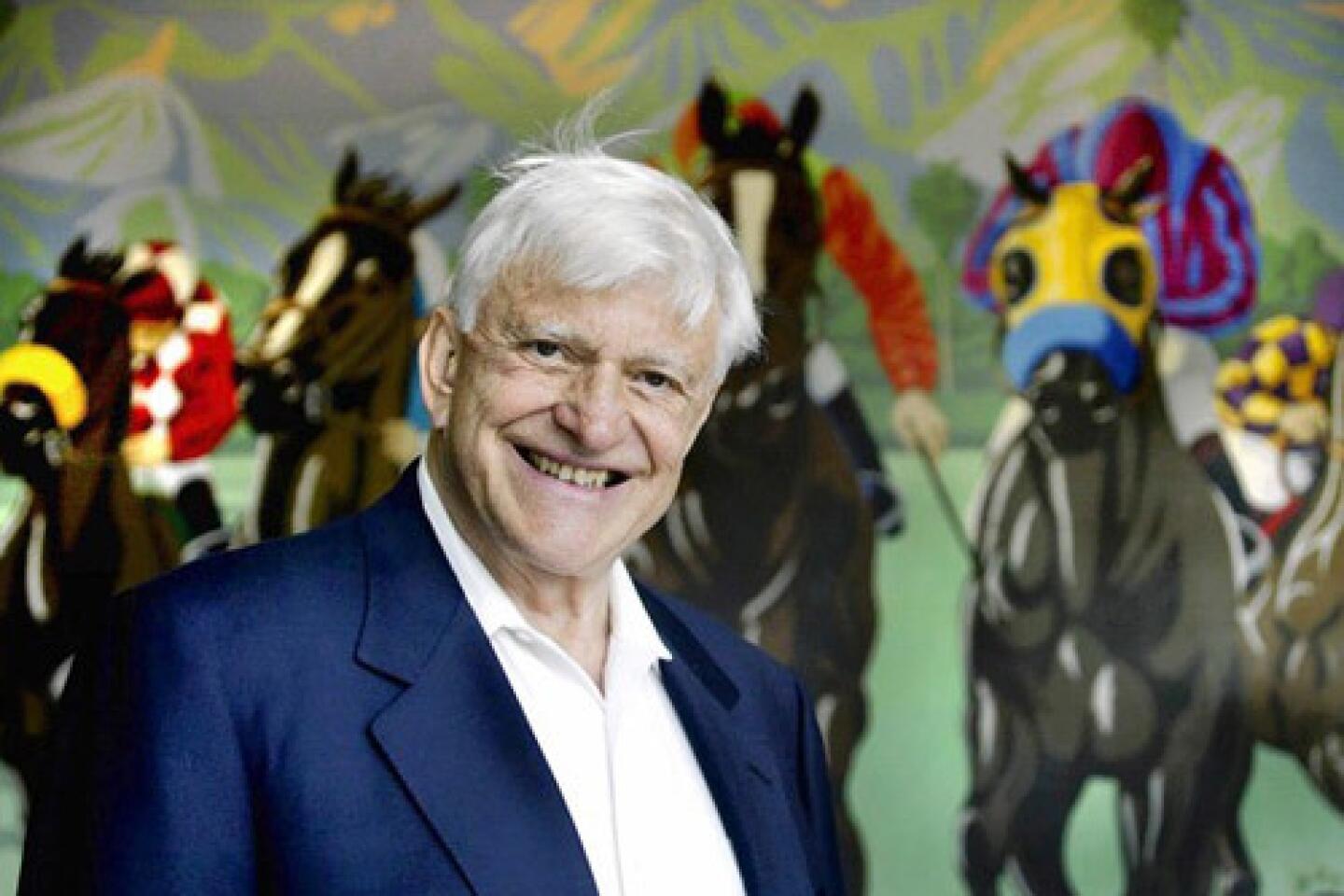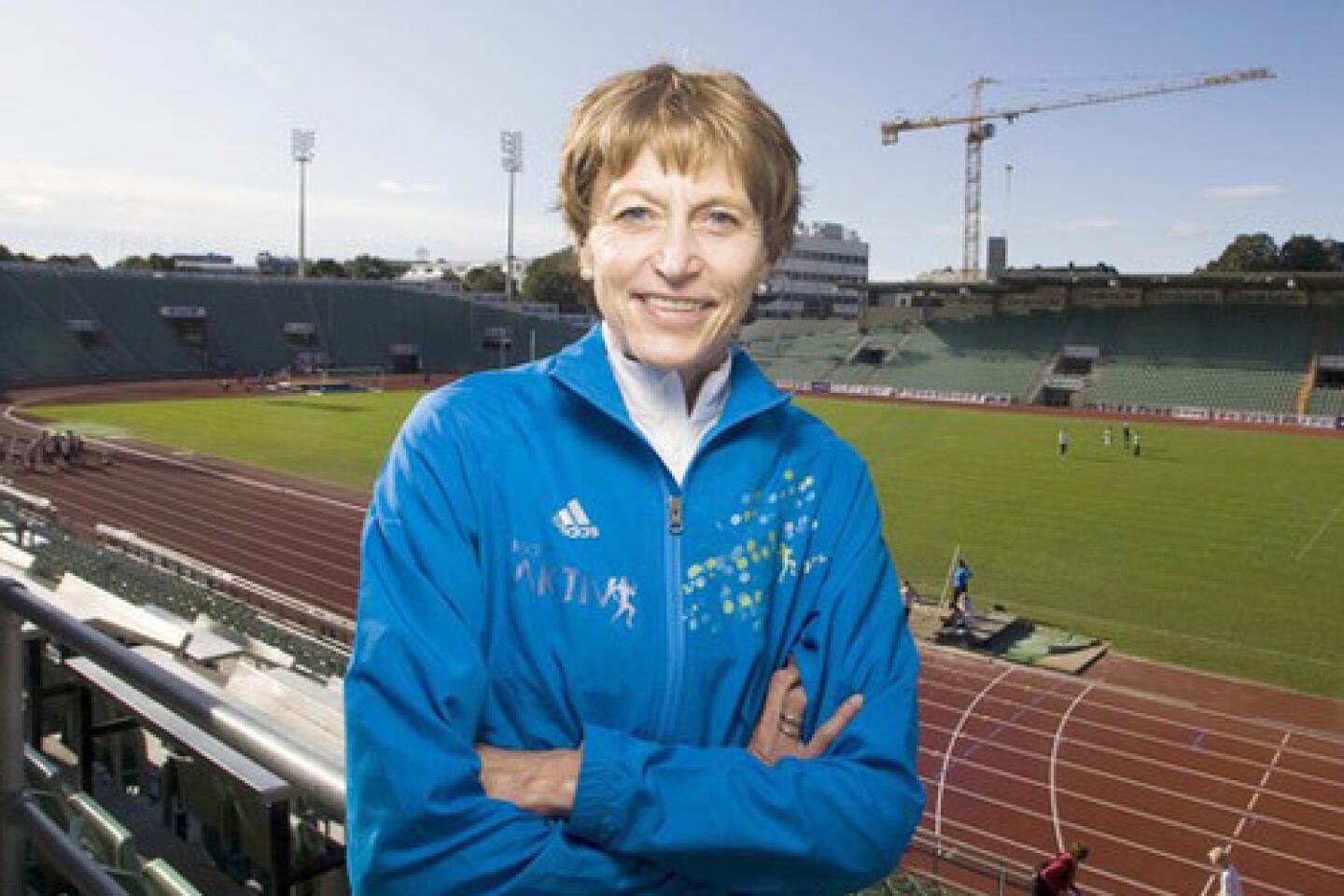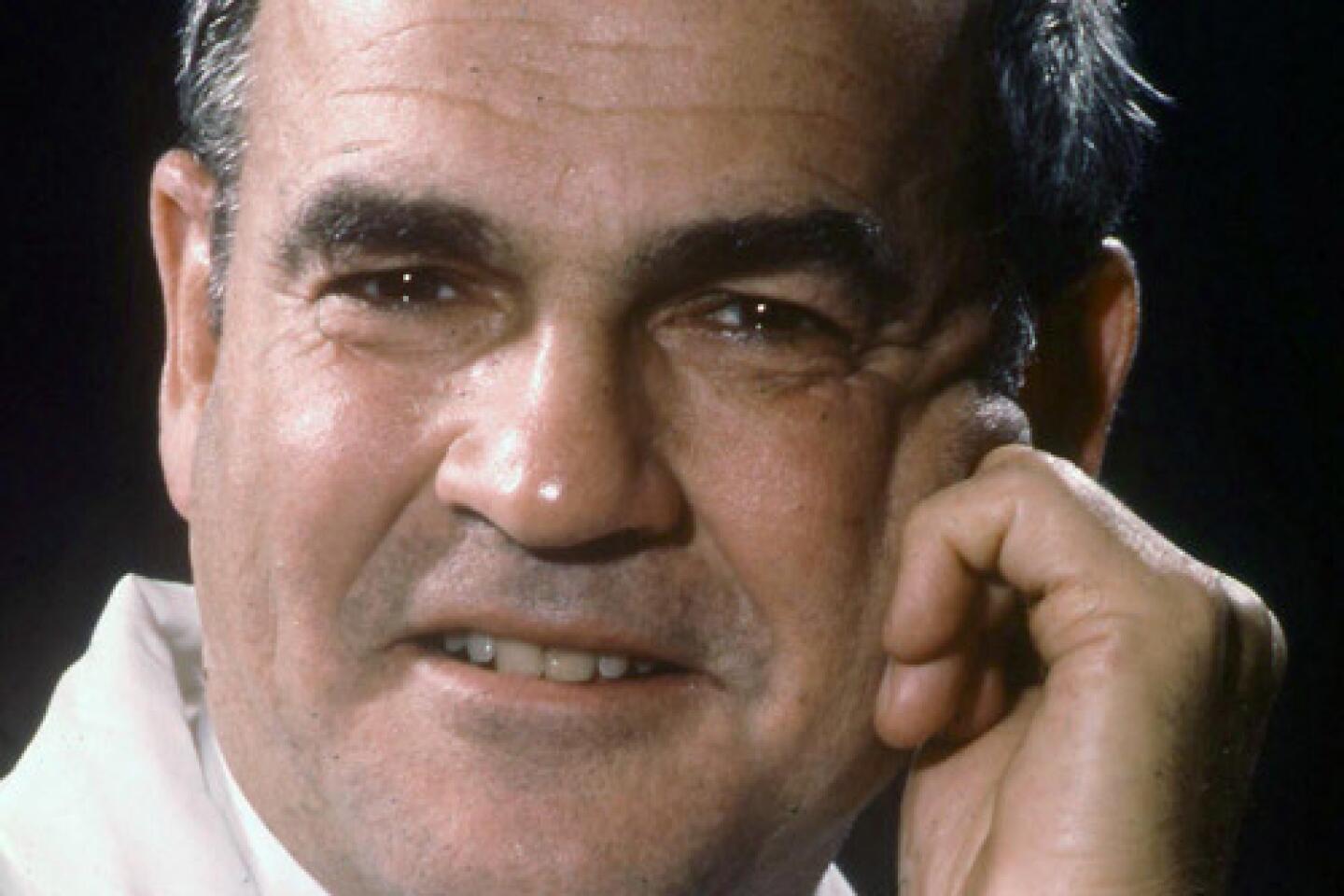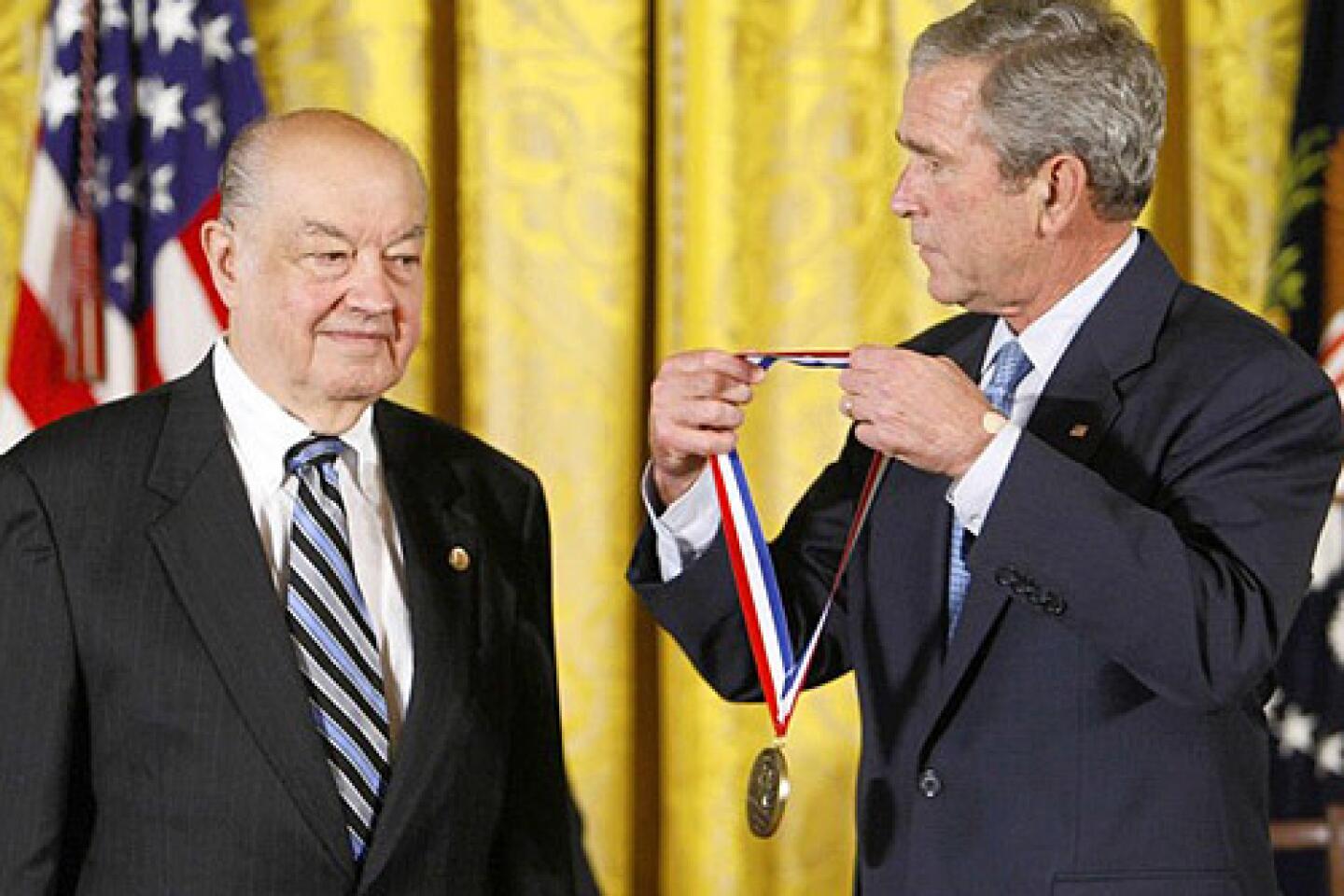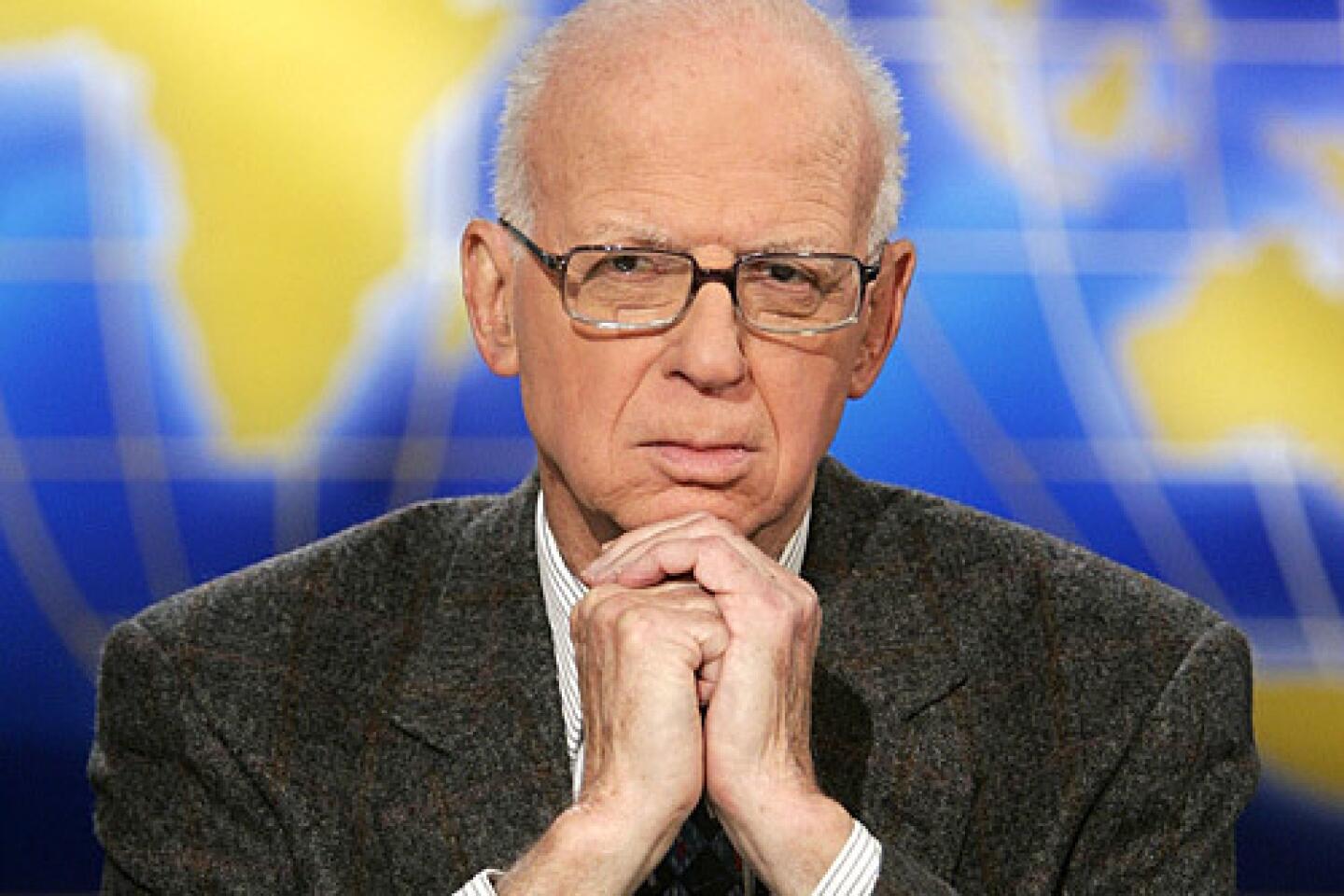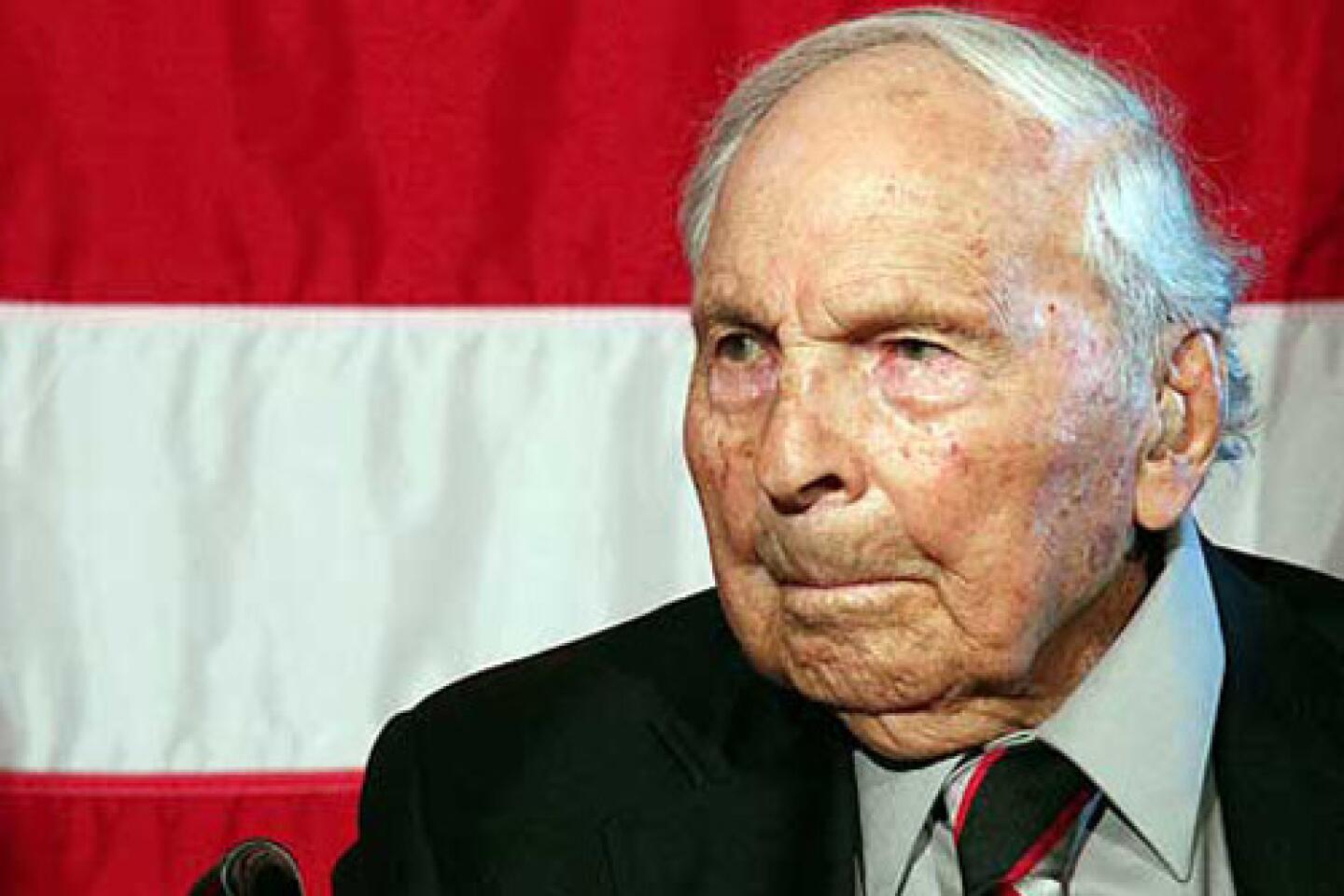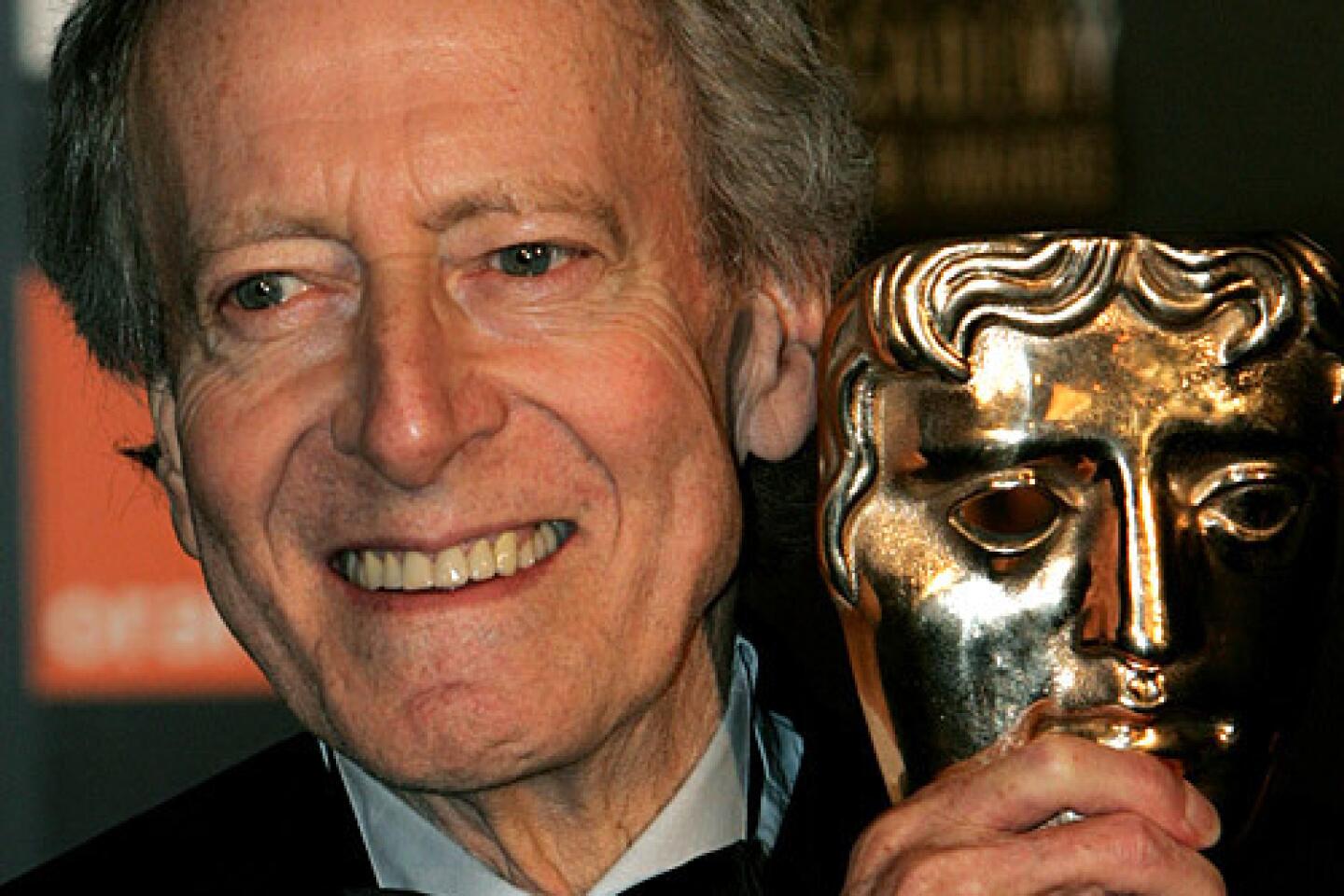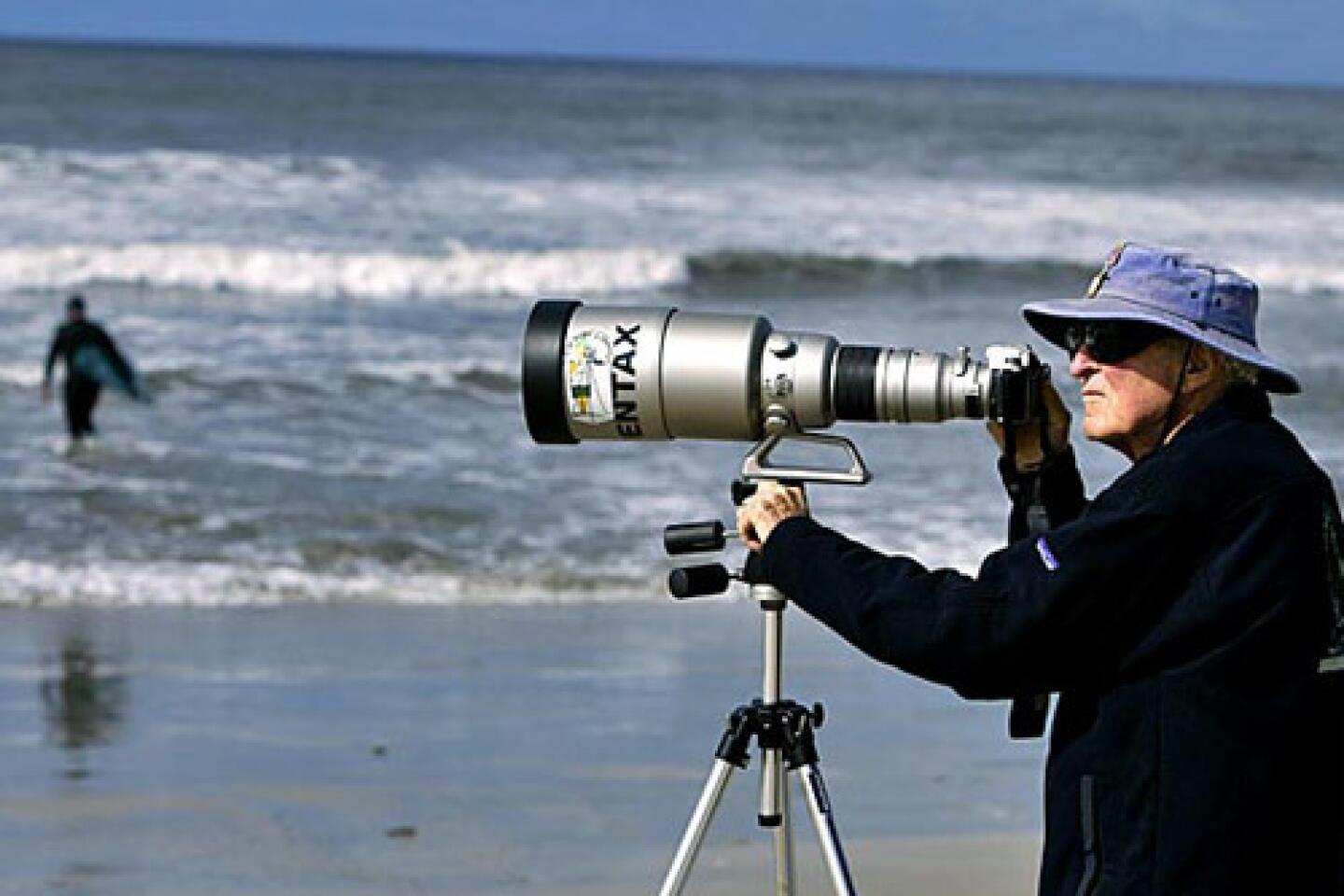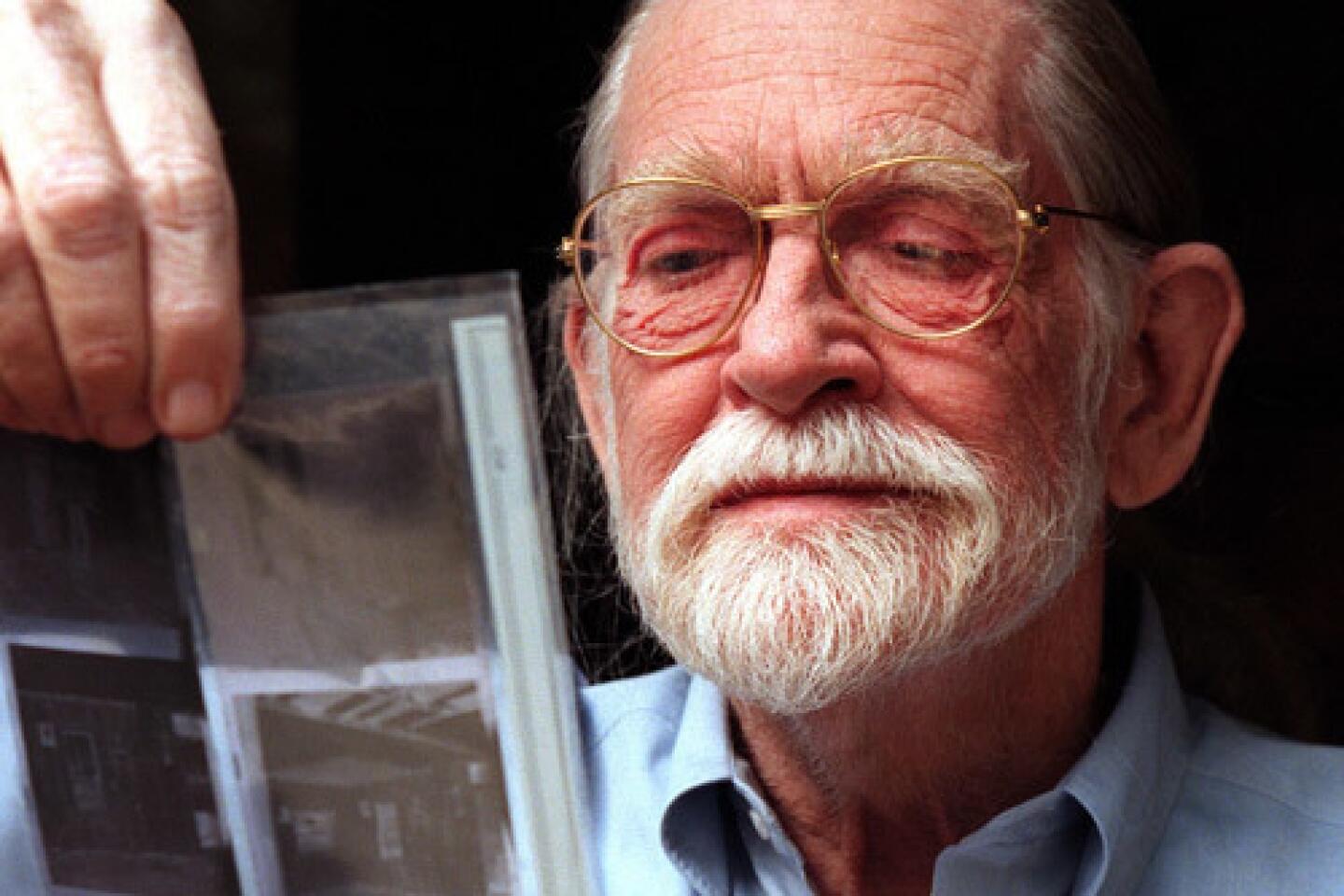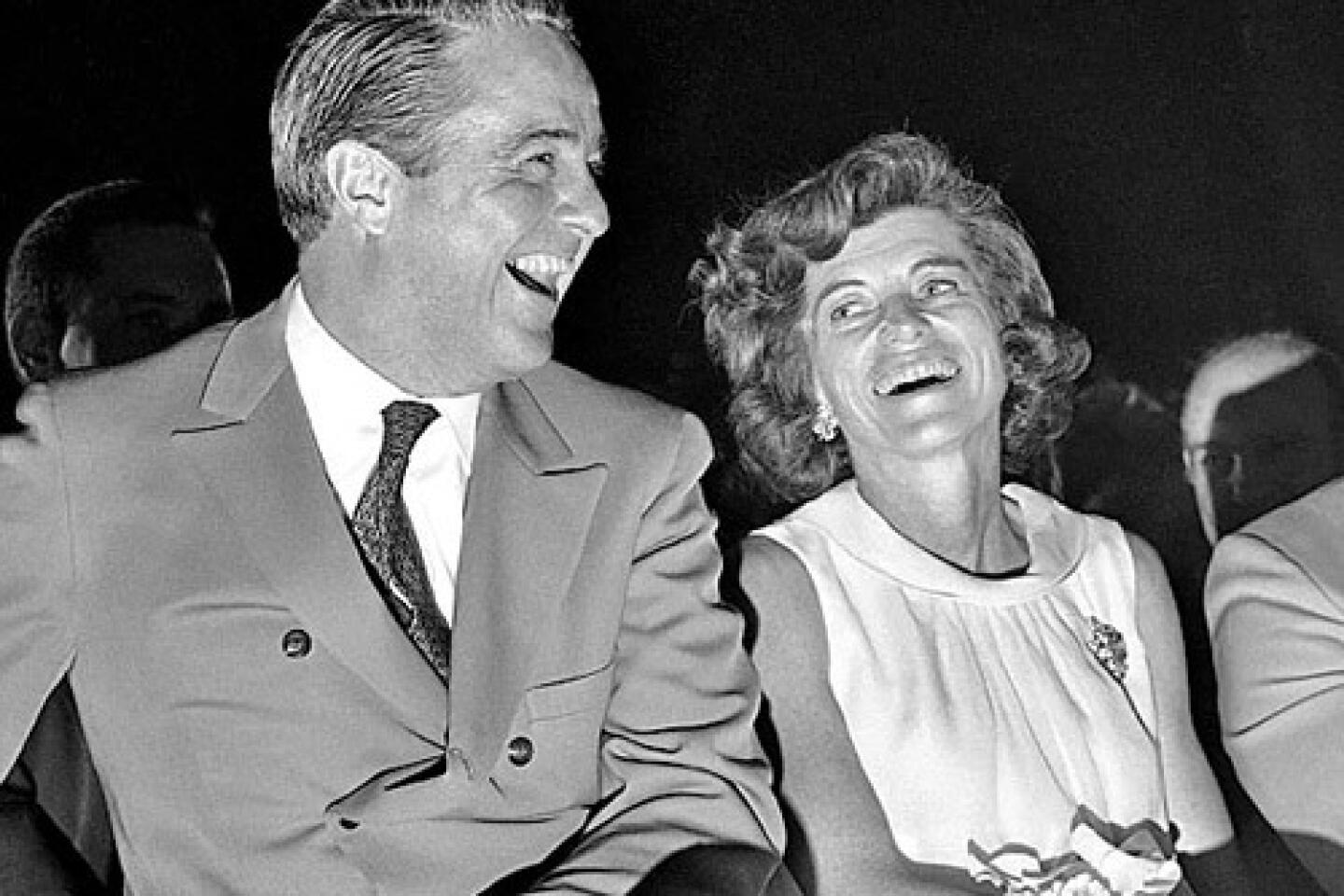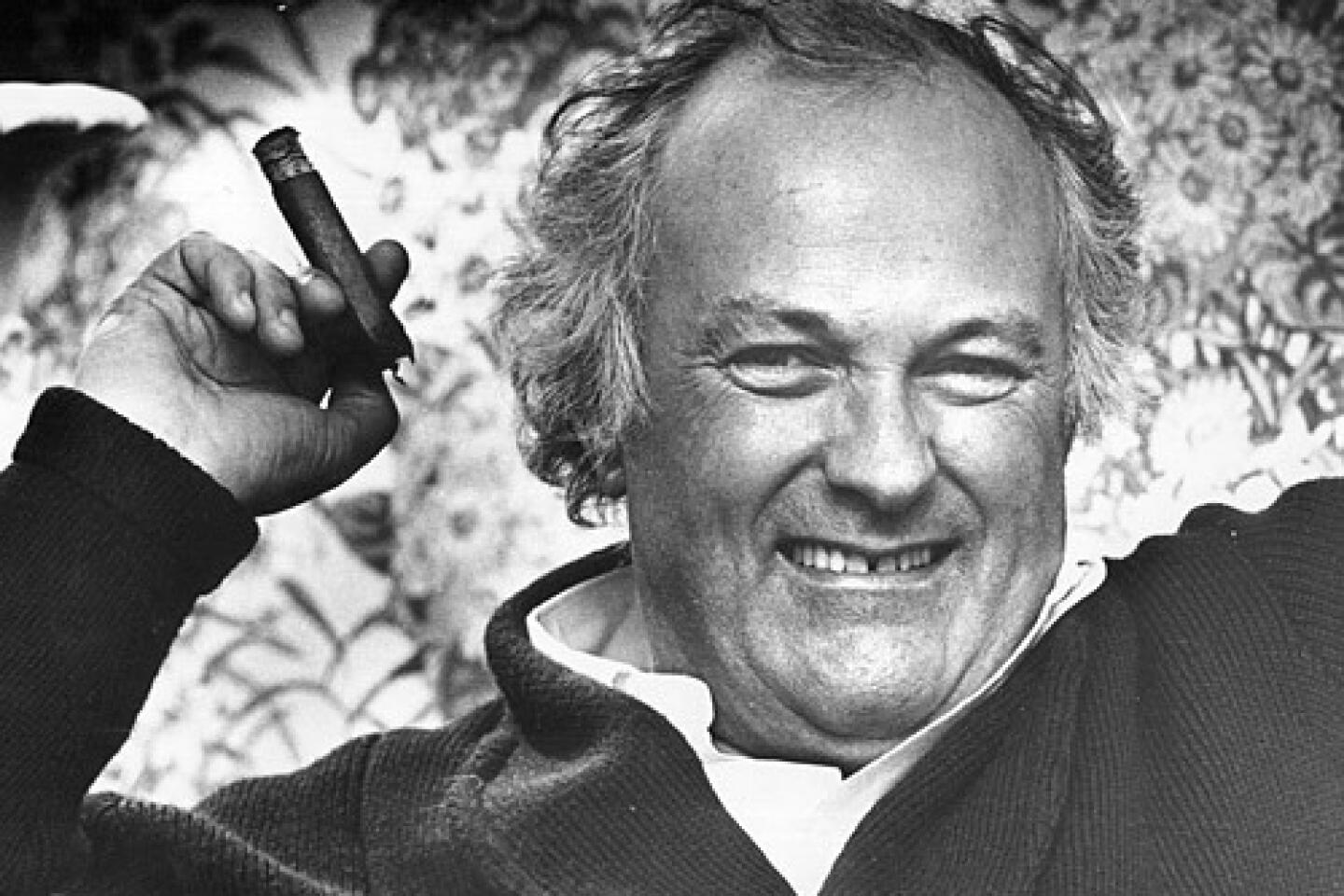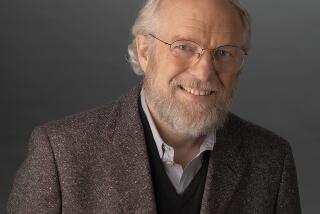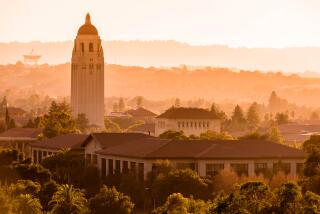Jacob E. Goldman dies at 90; creator of Xeroxâs Palo Alto Research Center
Jacob E. Goldman, the former Xerox chief scientist who created the companyâs famed Palo Alto Research Center, whose scientists and engineers invented the modern personal computer in the 1970s and developed an array of other pioneering computing technologies, has died. He was 90.
Goldman, a resident of Westport, Conn., died Tuesday at a hospital in nearby Stamford after a short illness, said his son, Melvin.
A physicist, Goldman had been the head of the research and development laboratory at Ford Motor Co. before joining Xerox, then based in Rochester, N.Y., as chief scientist in late 1967.
At the time, Xerox was the dominant manufacturer of office copiers. But as chief scientist responsible for overseeing all of the companyâs research, Goldman quickly focused his attention on new technologies.
âThere was this whole concept of the paperless office that was sort of in the air at the time,â said Michael Hiltzik, a Los Angeles Times business columnist and author of the 1999 book âDealers of Lightning: Xerox PARC in the Dawn of the Computer Age.â
âSince Xerox earned a commission from every piece of paper that went through its leased copiers, Goldman understood that technologies that did not rely on paper posed a threat to the bottom line,â Hiltzik said.
Proposing that Xerox âestablish scientific preeminenceâ in fast-developing computer technology, Goldman persuaded the company to create a new corporate lab that would focus on the future.
Using AT&Tâs Bell Laboratories as a model, he sketched out a corporate research center that would engage in basic science independent of any Xerox product line.
Goldman recruited physicist George Pake to become the laboratoryâs first director, and the Palo Alto Research Center (PARC) opened near Stanford University in 1970.
Xerox PARC researchers went on to invent the modern personal computer, the laser printer, Windows-style computing displays and the Ethernet, and they played an important role in the development of the Internet, Hiltzik said.
âAt PARC, they thought of Jack Goldman as basically their father, the guy at headquarters who was on their side,â he said.
âPARC would not exist if not for Jack Goldman, and it certainly would not have had the independence that it had, and it probably would not have achieved a fraction of what it achieved if not for his vision and his determination to protect it.â
Bob Taylor, who founded the computer science lab at PARC in 1970, said Goldman was âthe first at Xerox to recognize the importance of computing technology to the office.â
âMany people at Xerox during Goldmanâs time there did not share his enthusiasm, and consequently Xerox failed to take advantage of many of the enormous breakthroughs that happened there,â Taylor said.
Goldman âpushed for Xerox to develop these inventions, but Xerox only developed laser printing. Other companies developed the other technologies. Those other companies include Apple, Microsoft, Cisco, 3Com, Adobe, Sun Microsystems and several others,â Taylor said.
âThe technologies upon which these companies were based all came from the computer science lab of Xerox PARC.â
Danny Bobrow, who joined PARC in 1972 and is a research fellow at what is now a wholly owned subsidiary of Xerox, recalled that Goldman âreally liked research and science.â
âHe was interested in ideas and very active in that,â Bobrow said. âHe argued with people, but he was willing to listen too.â
Whenever Goldman came out to visit the researchers at PARC, Bobrow recalled, âheâd arrange a poker game, and I used to play with him.
âHe was a good poker player, particularly because he was a good judge of people, I think. That was part of what made him good not only at poker but at setting up a very effective research laboratory.â
The son of eastern European immigrants, Goldman was born in Brooklyn on July 18, 1921. He earned a bachelorâs degree at Yeshiva University in New York City and his masterâs degree and doctorate in physics at the University of Pennsylvania, where his field of expertise was magnetism.
Goldman launched his career at Westinghouse in 1945. Five years later, he began teaching at the Carnegie Institute of Technology in Pittsburgh, where he built a magnetism laboratory. After joining Ford in 1955, he was a proponent of doing research related to electric cars in the 1960s.
After leaving Xerox in the early â80s, Goldman led and worked with a number of high-tech startups and served on the boards of the Burndy Corp., eMagin, the Marconi Foundation and a number of others.
In addition to his son Melvin, Goldman is survived by his wife, Rhoda; two daughters, Beth and Edith; three stepsons, Ari, Dov and Shalom; a sister, Judy Crystal; eight grandchildren; and eight great-grandchildren.
More to Read
Start your day right
Sign up for Essential California for the L.A. Times biggest news, features and recommendations in your inbox six days a week.
You may occasionally receive promotional content from the Los Angeles Times.
